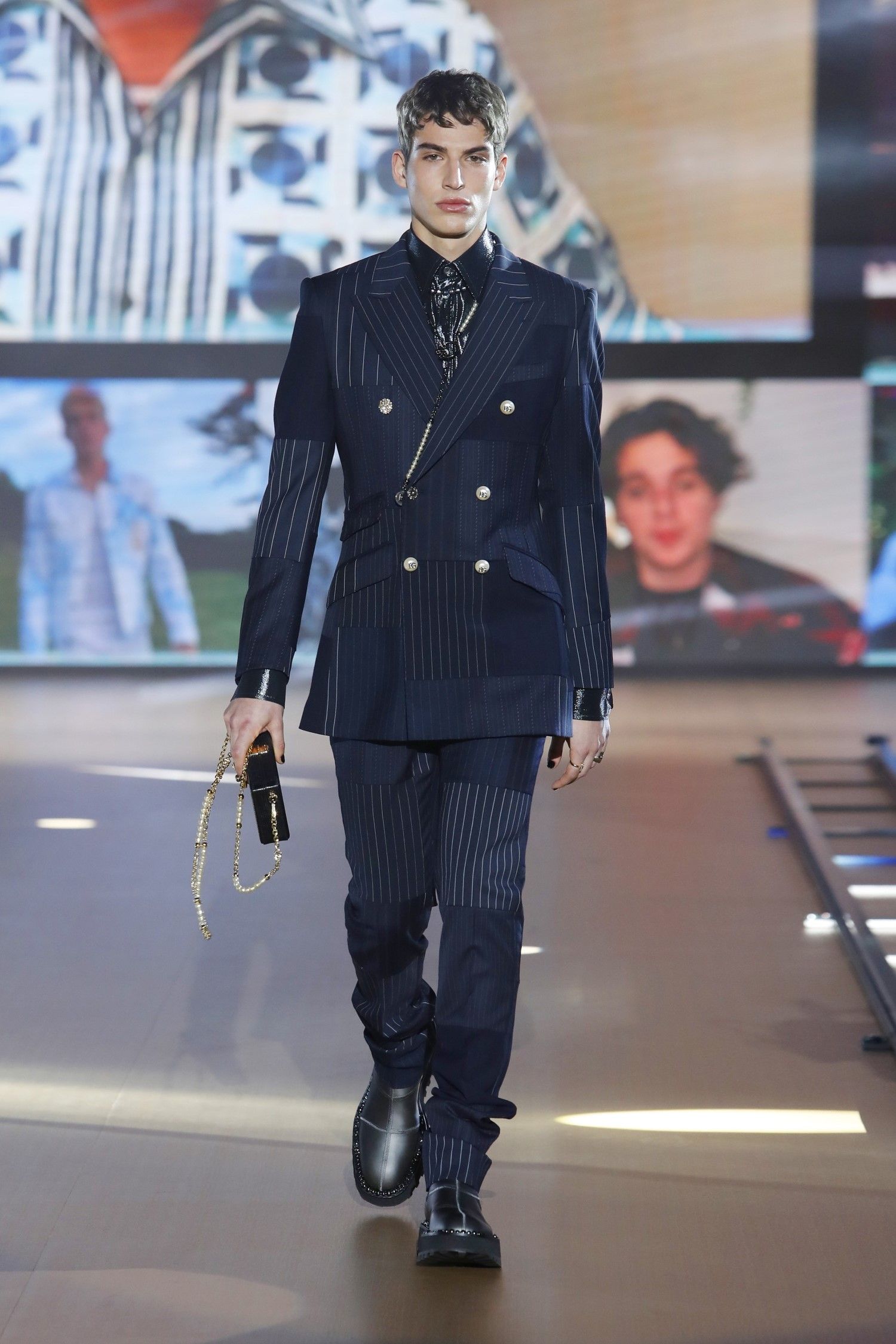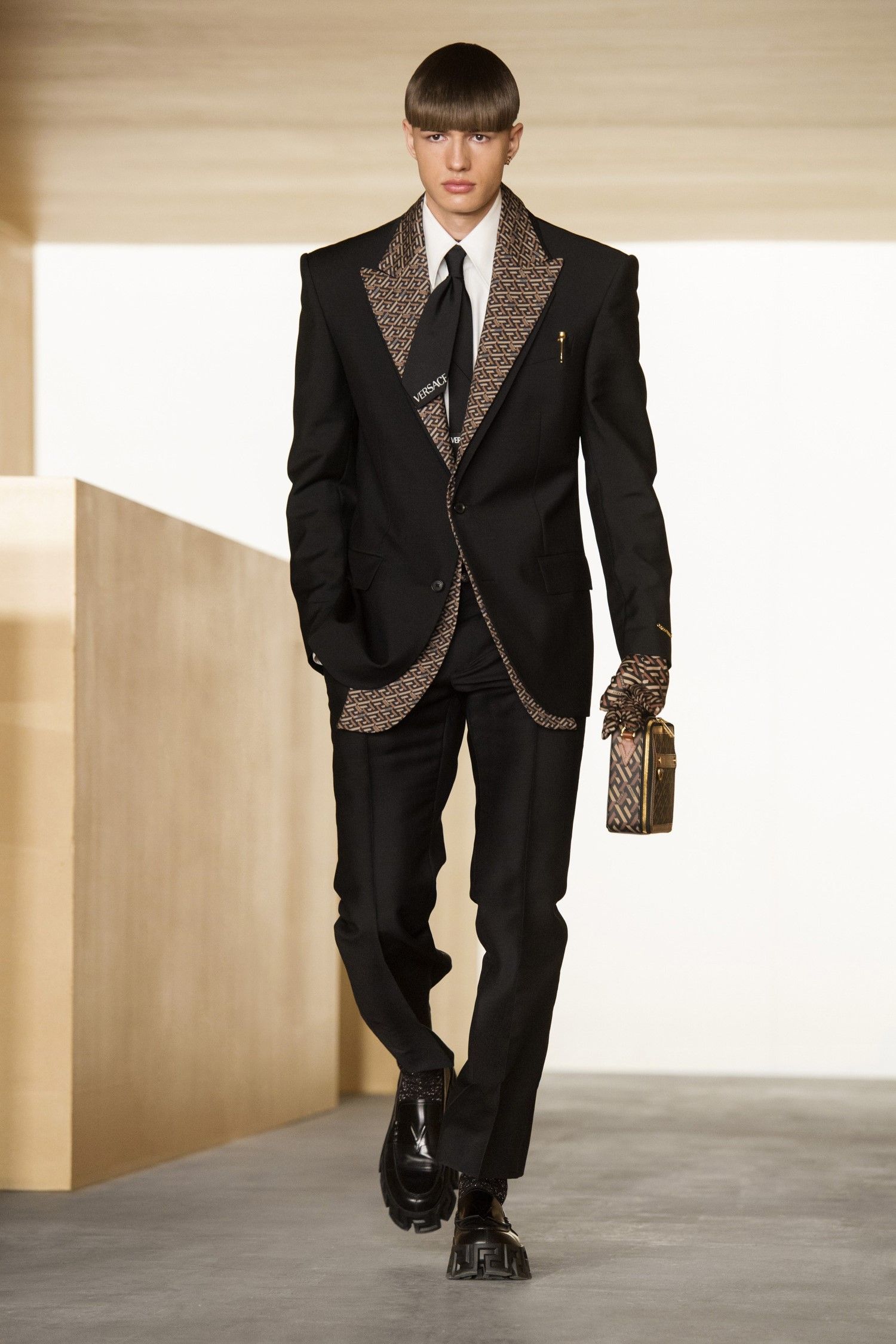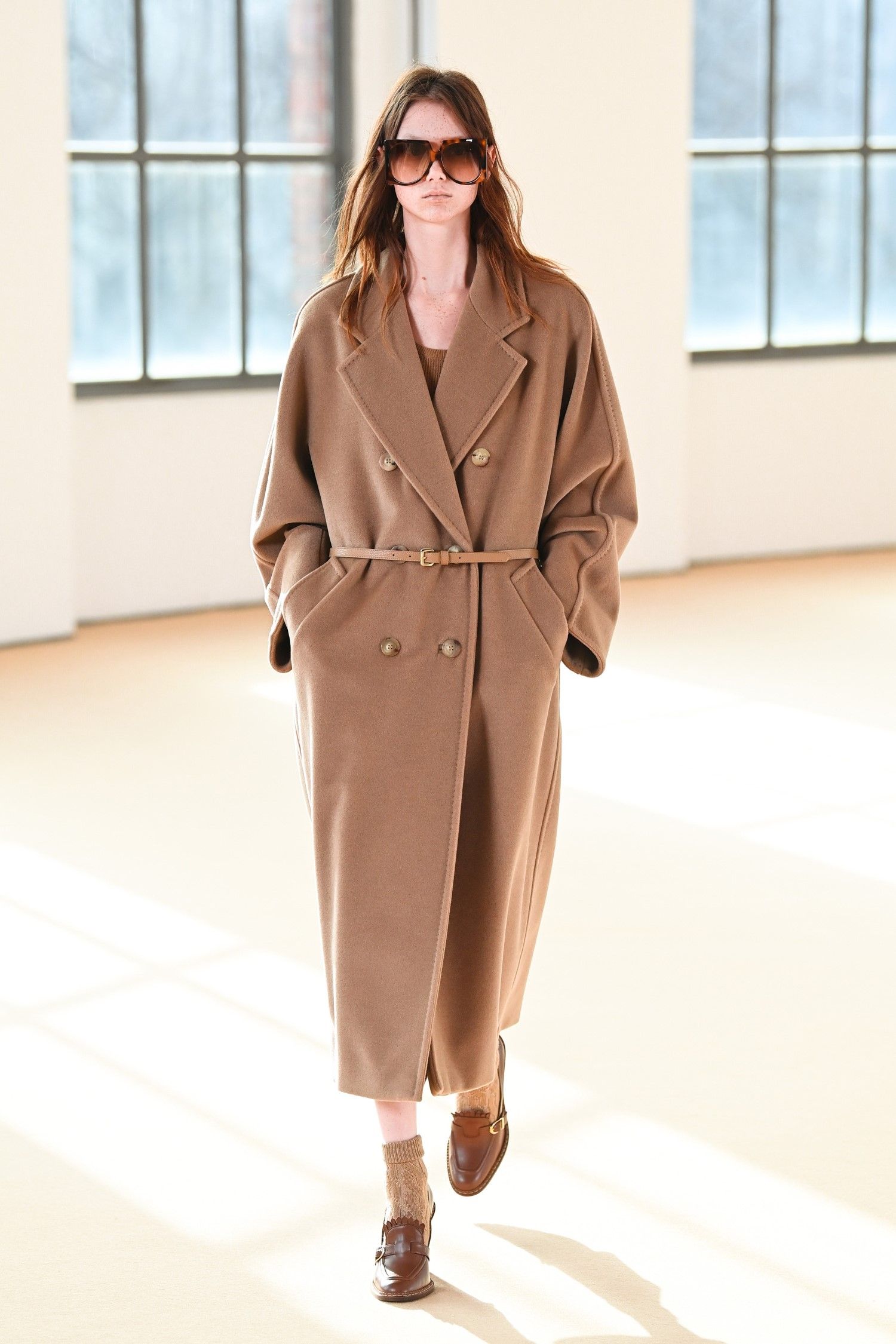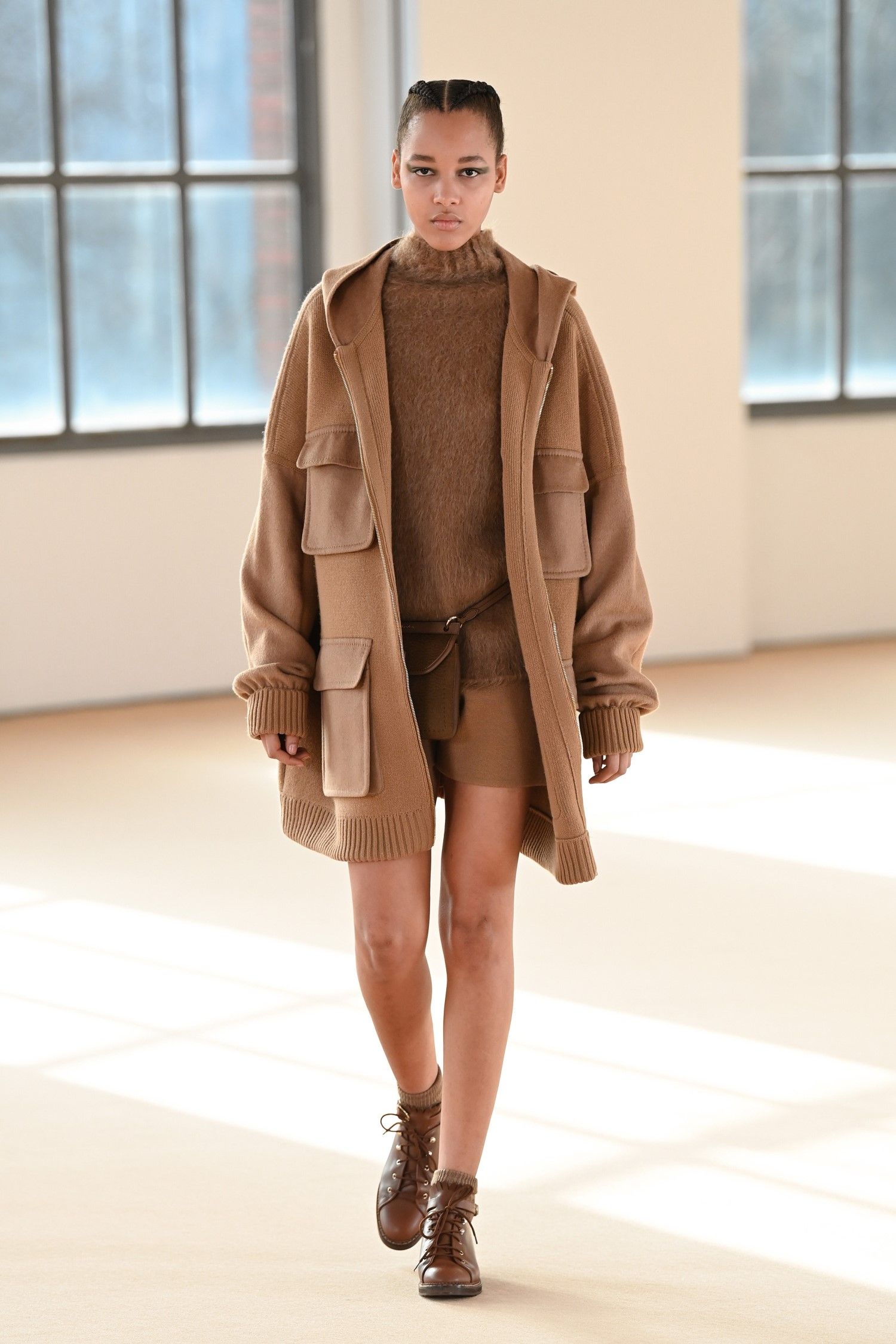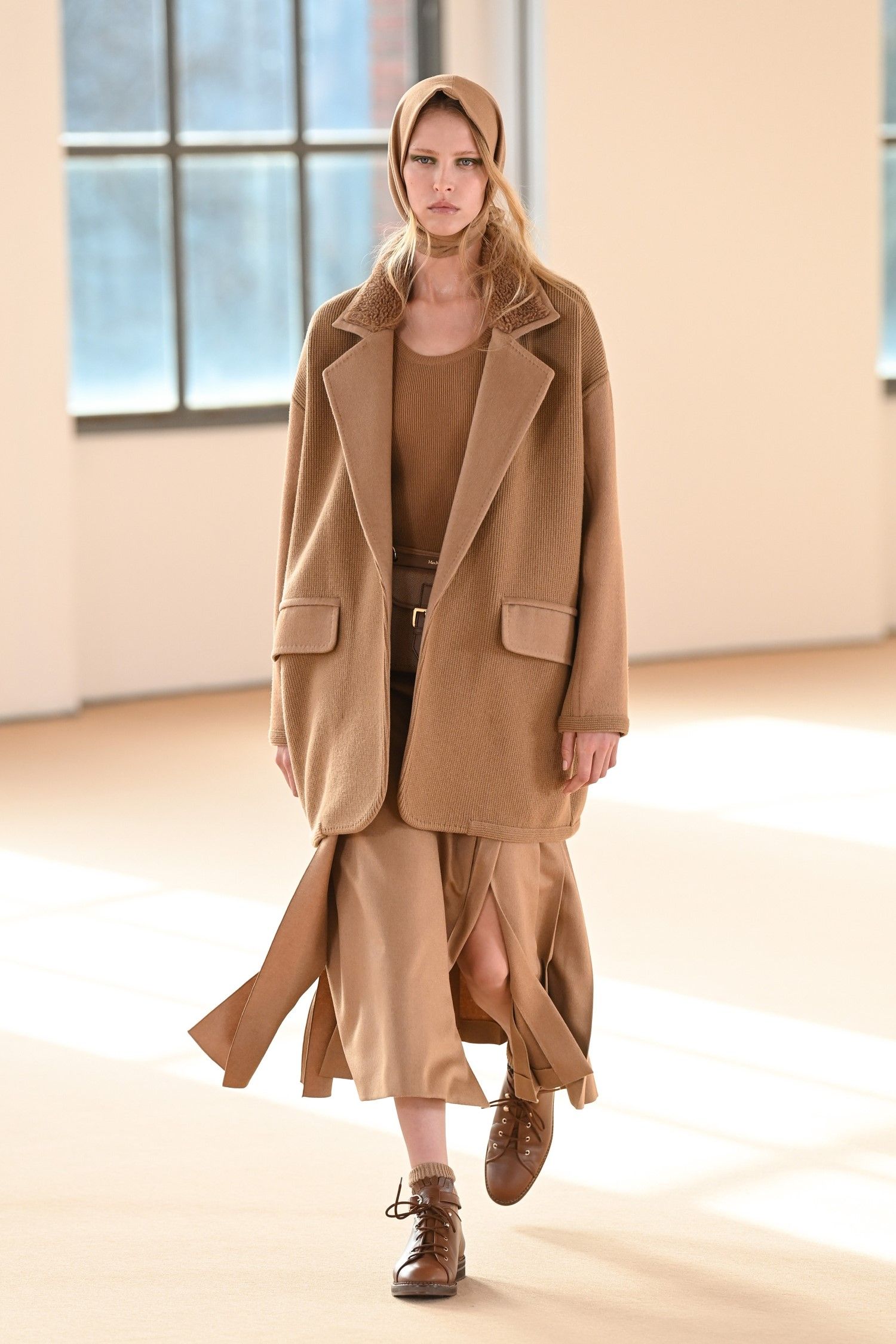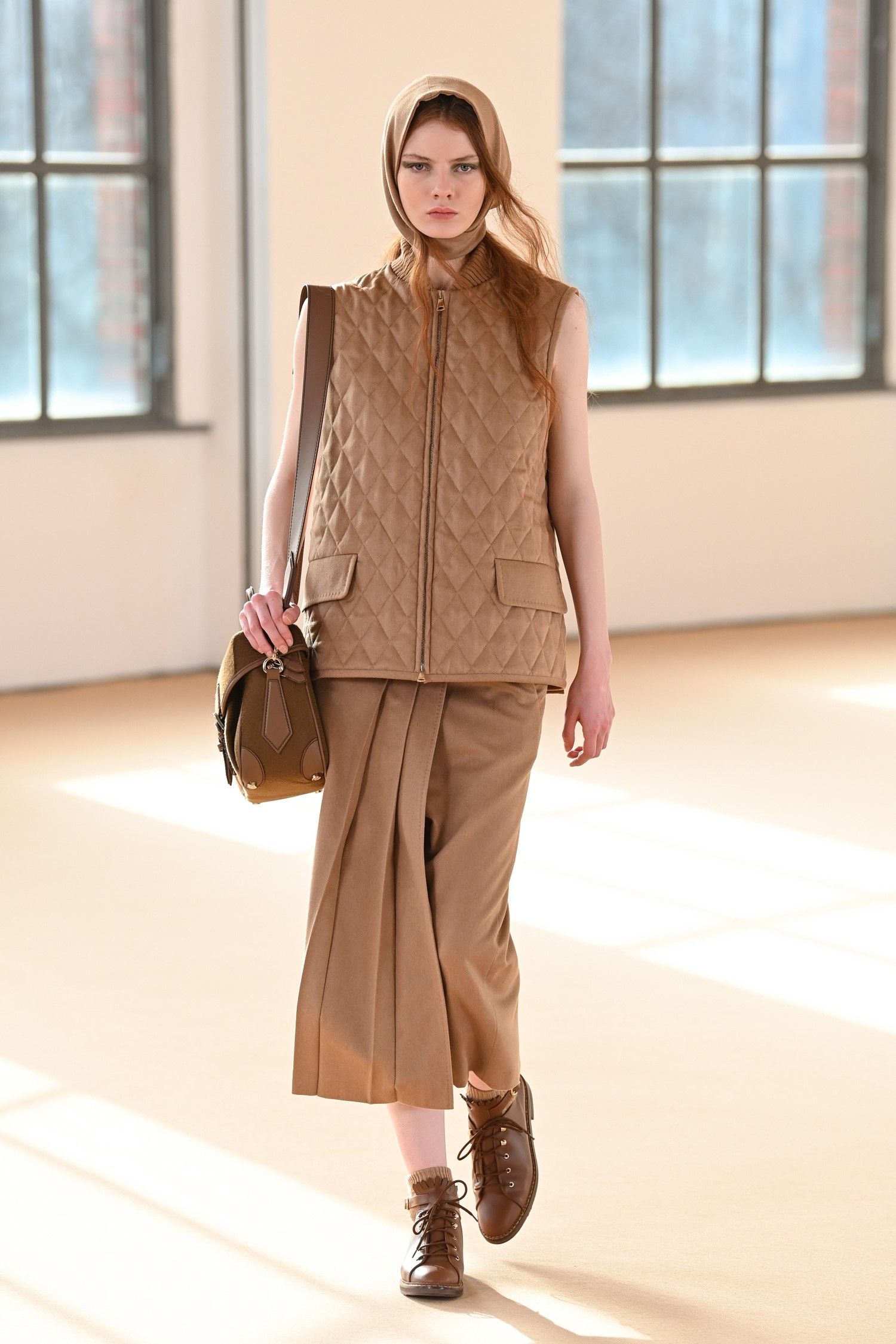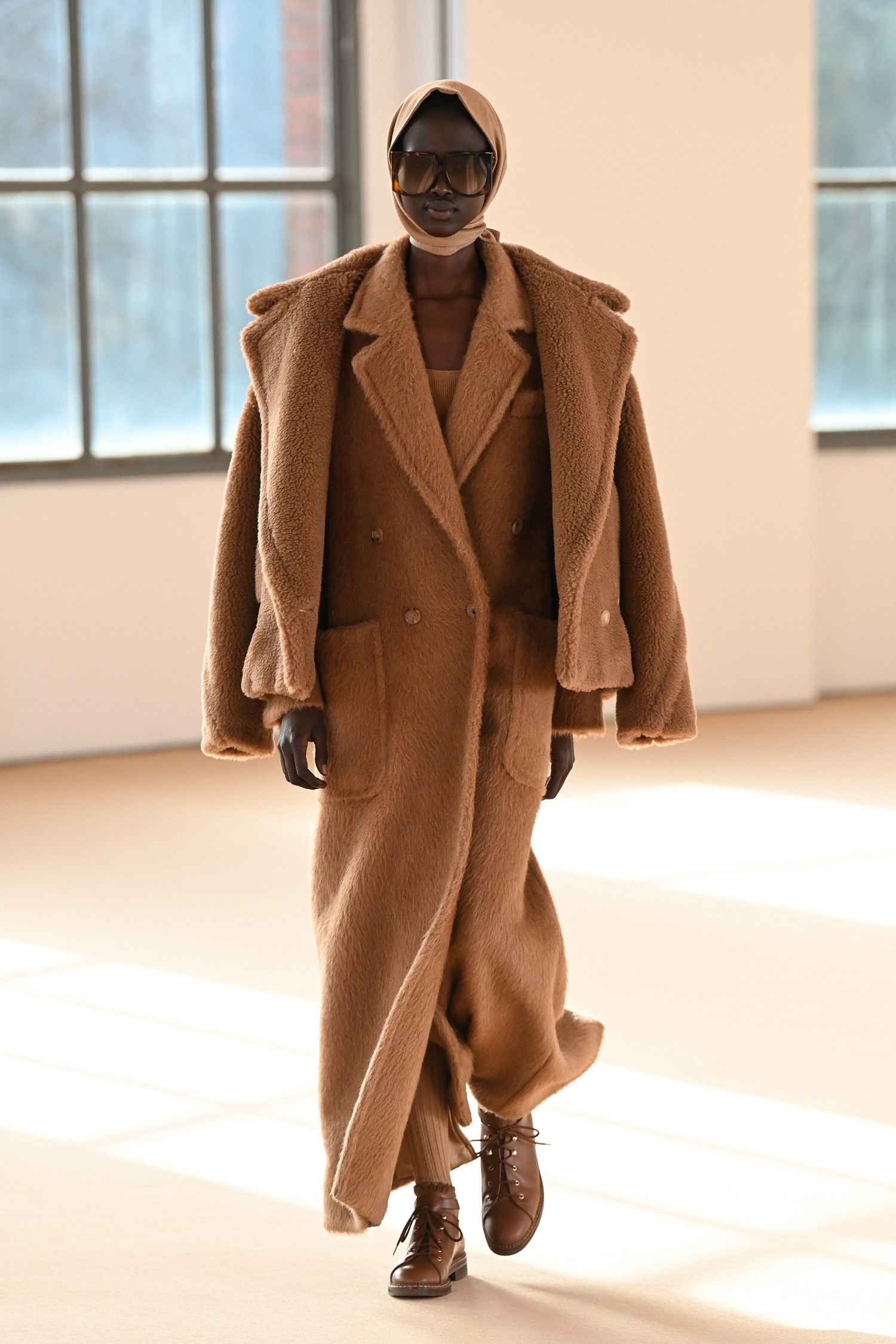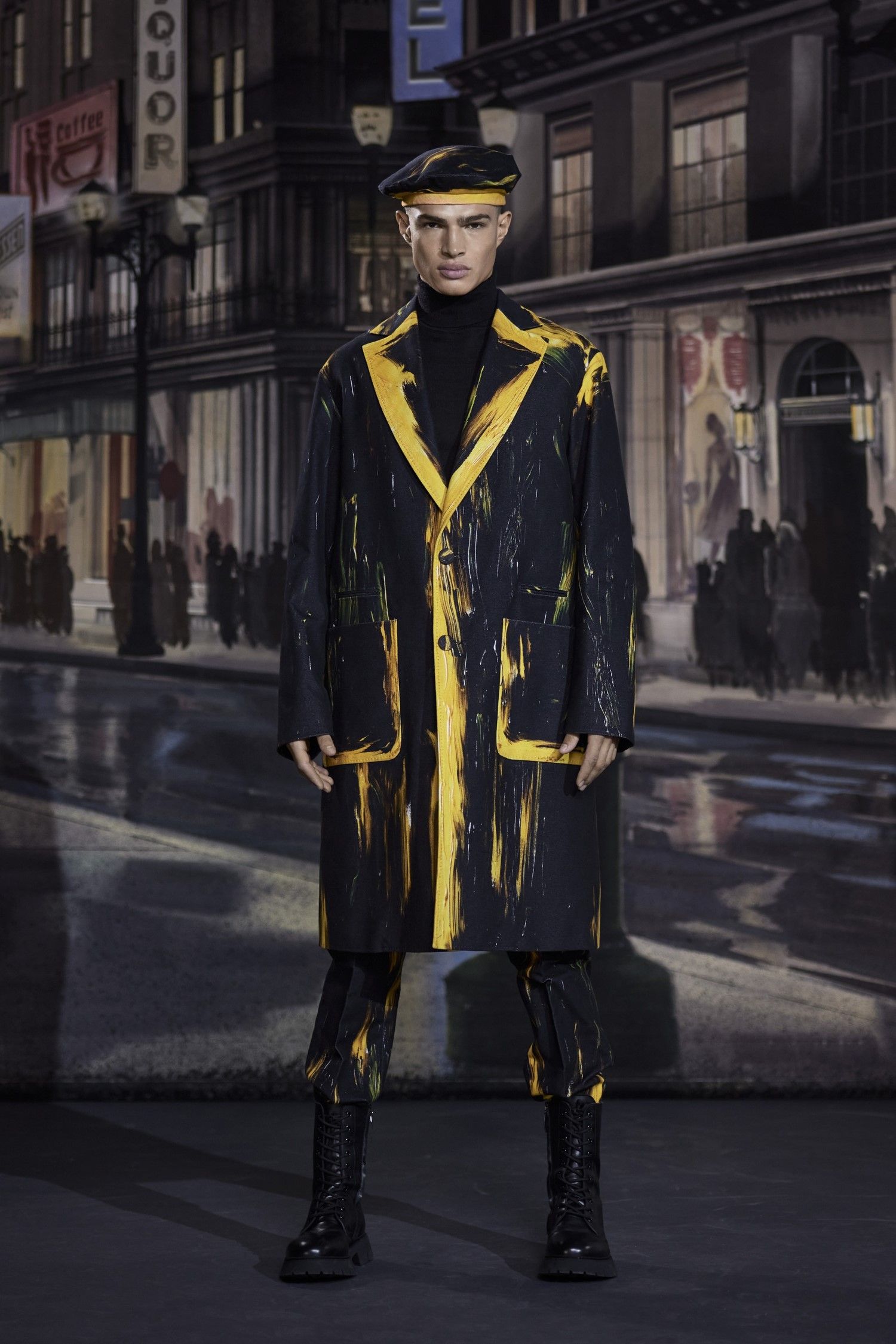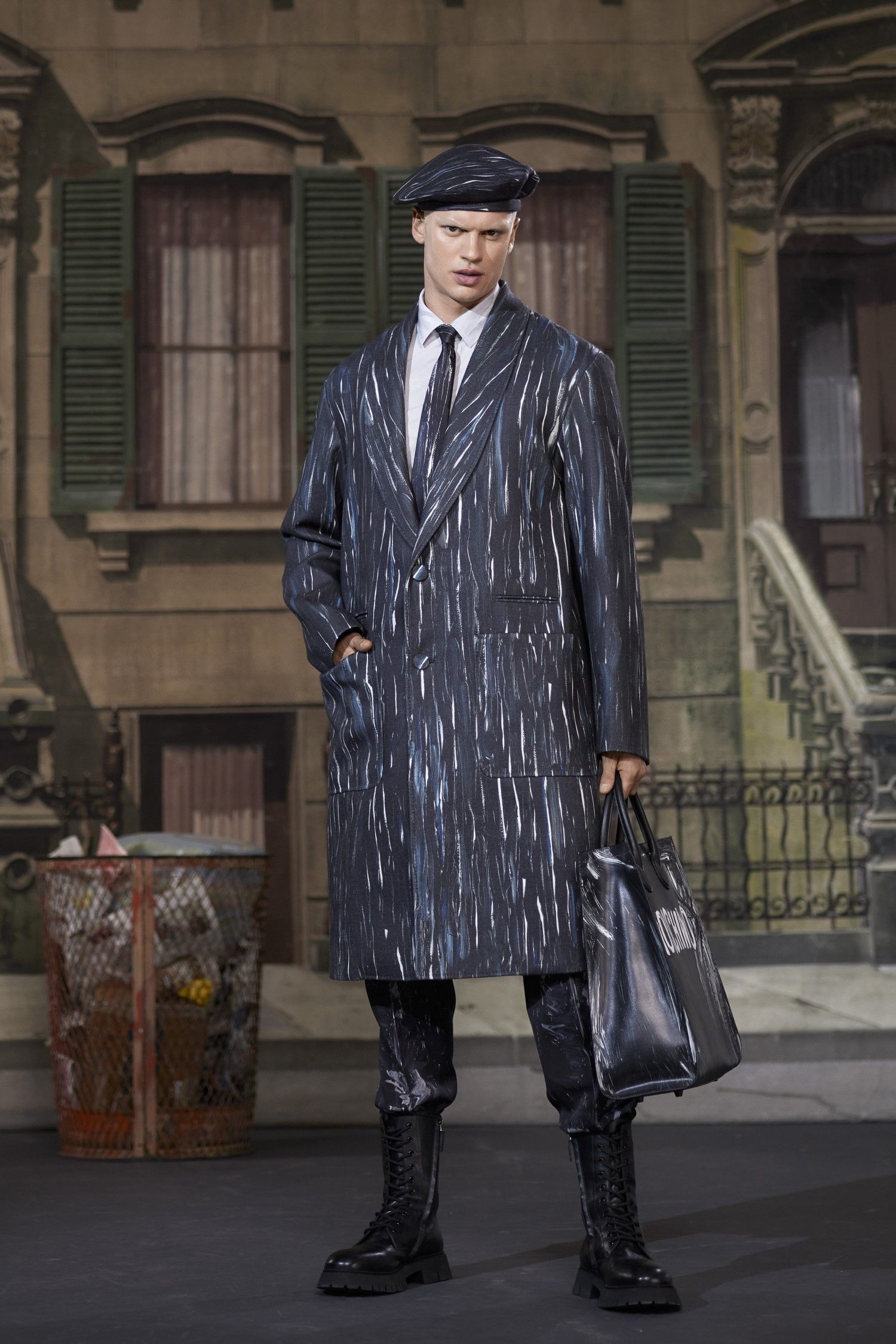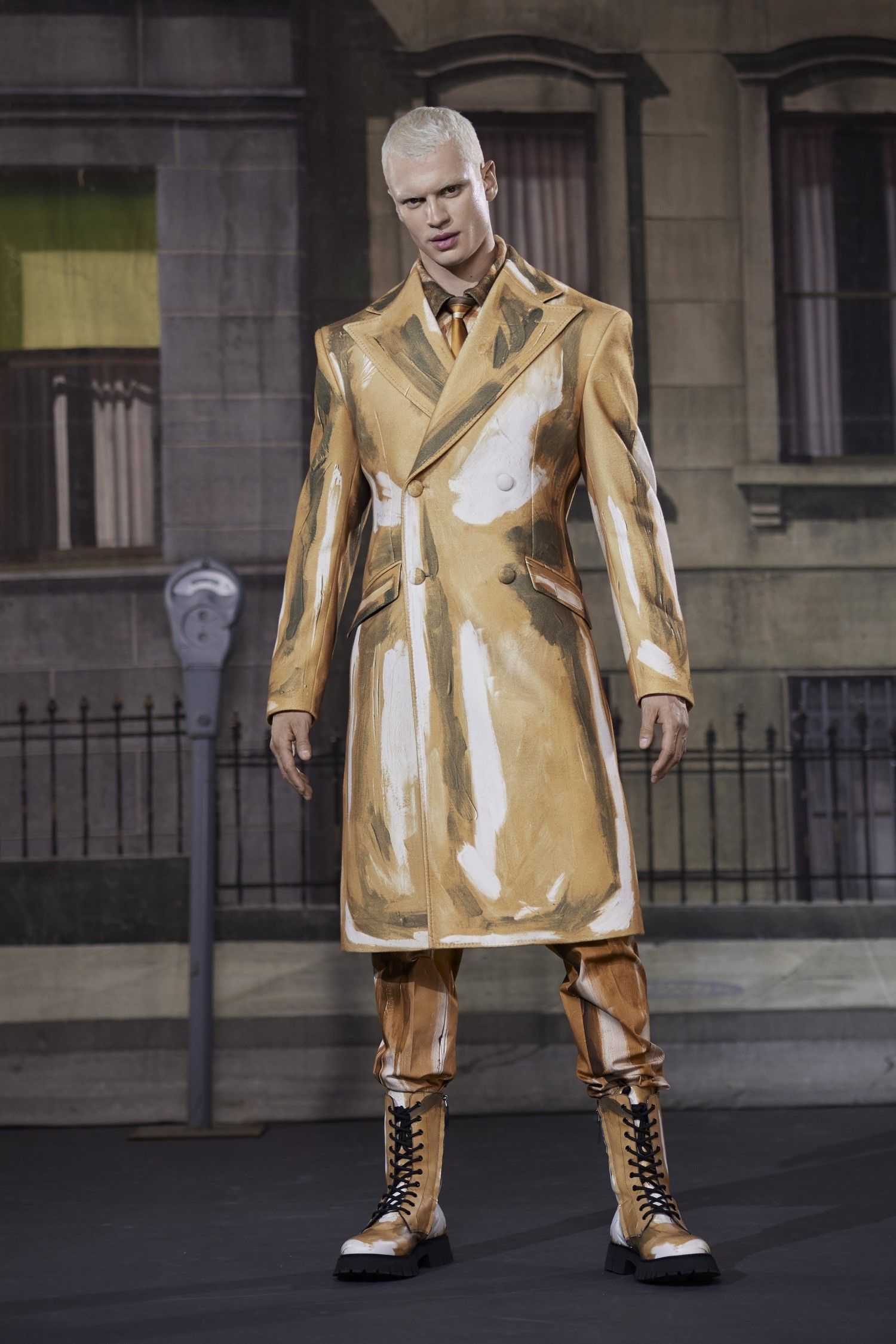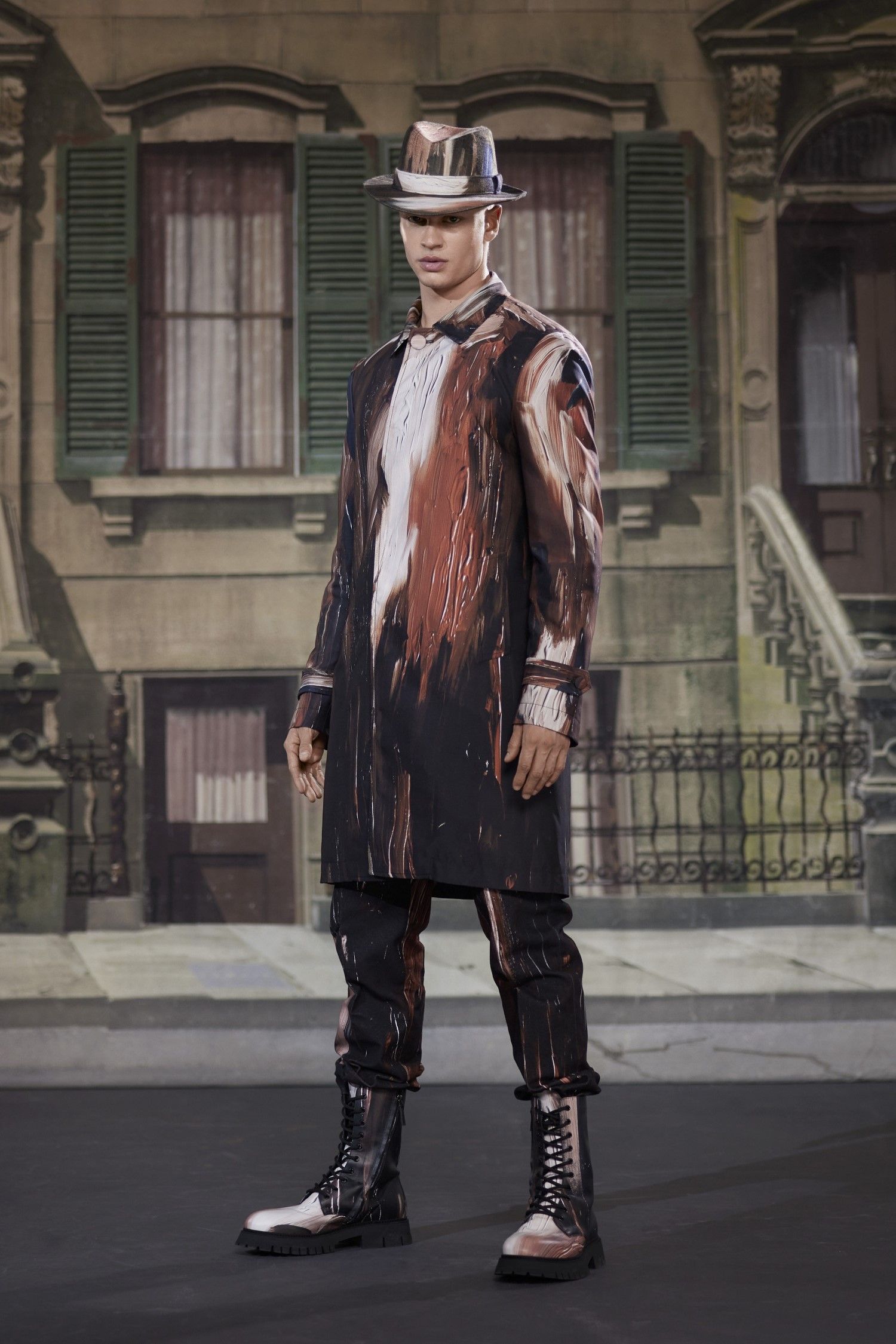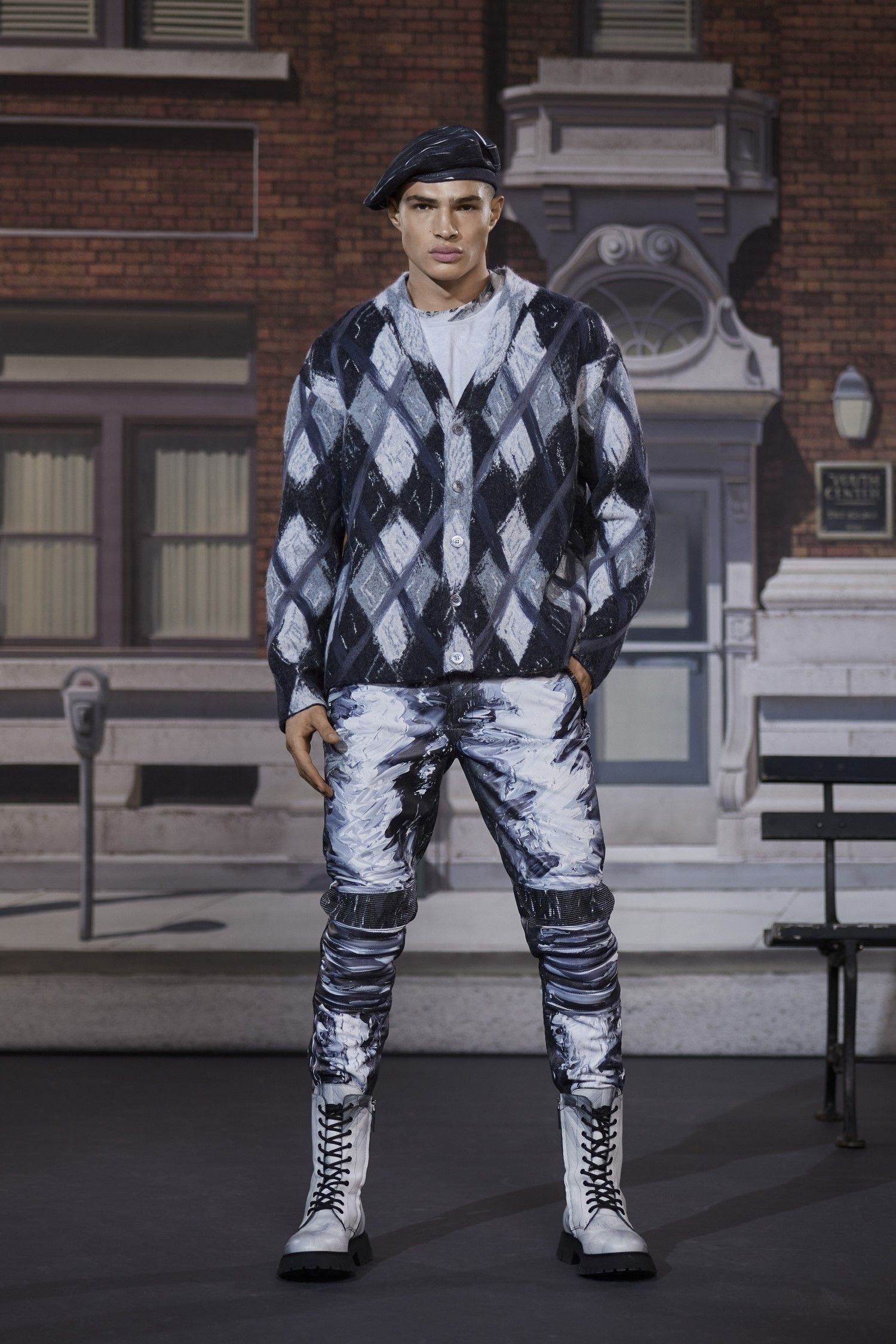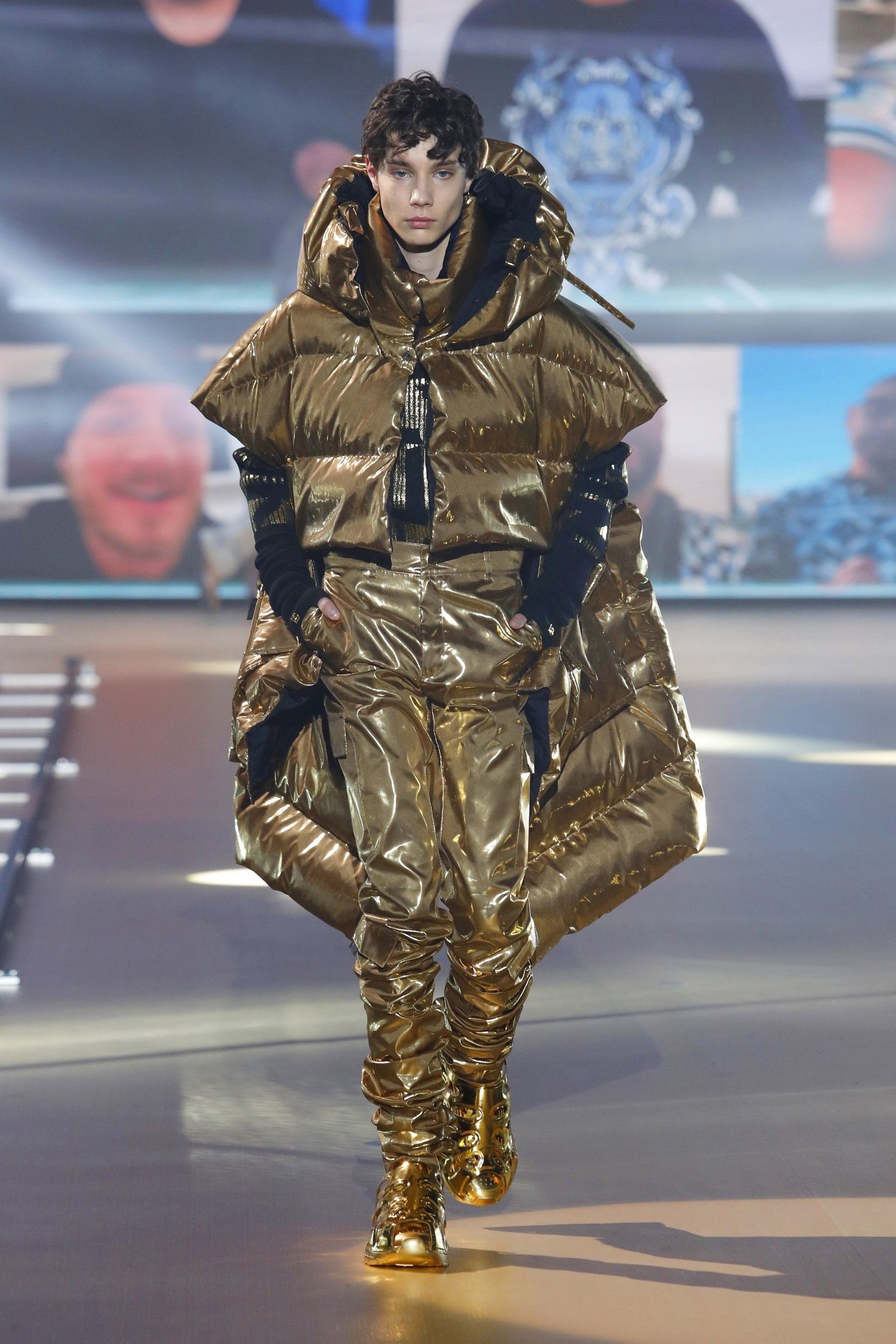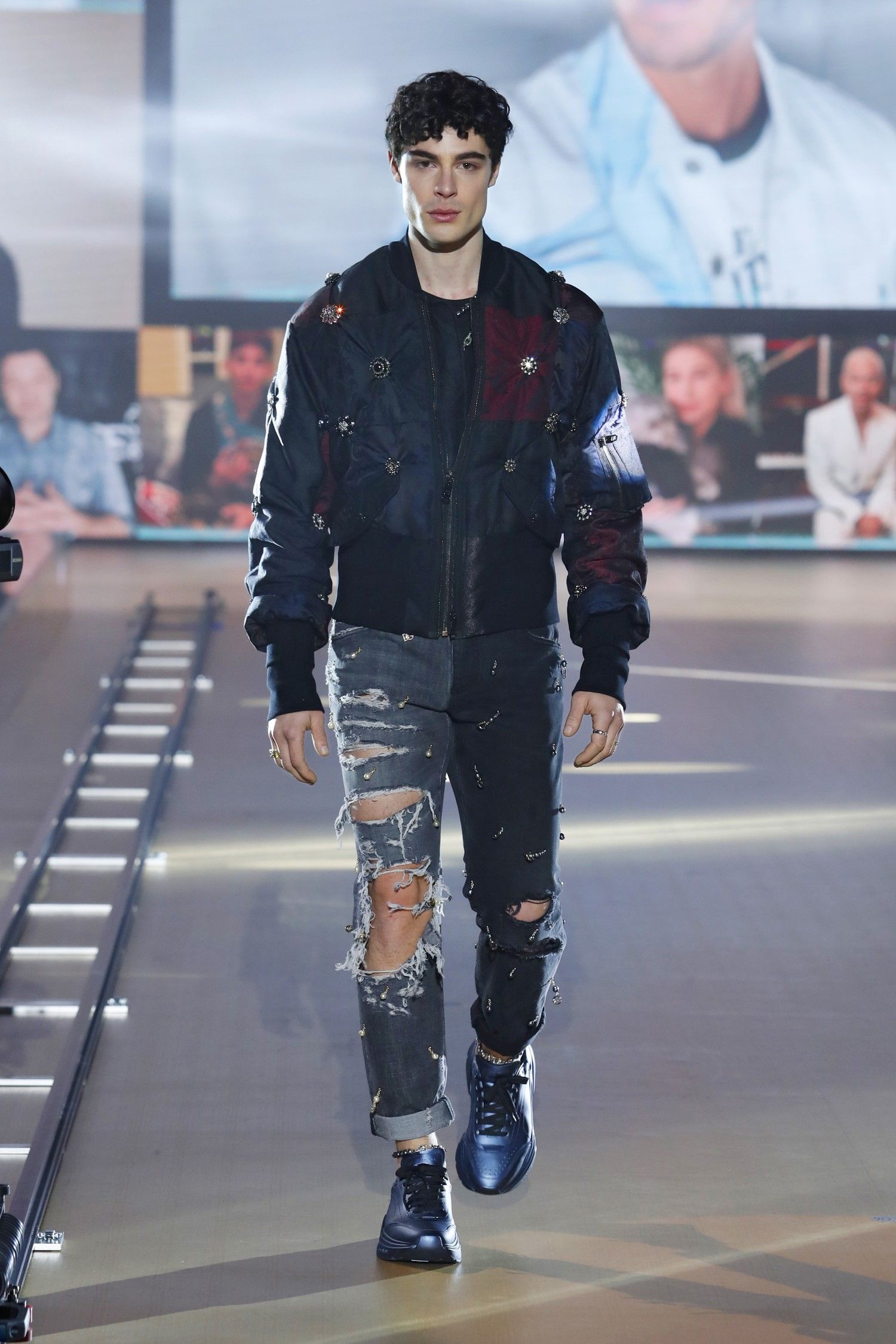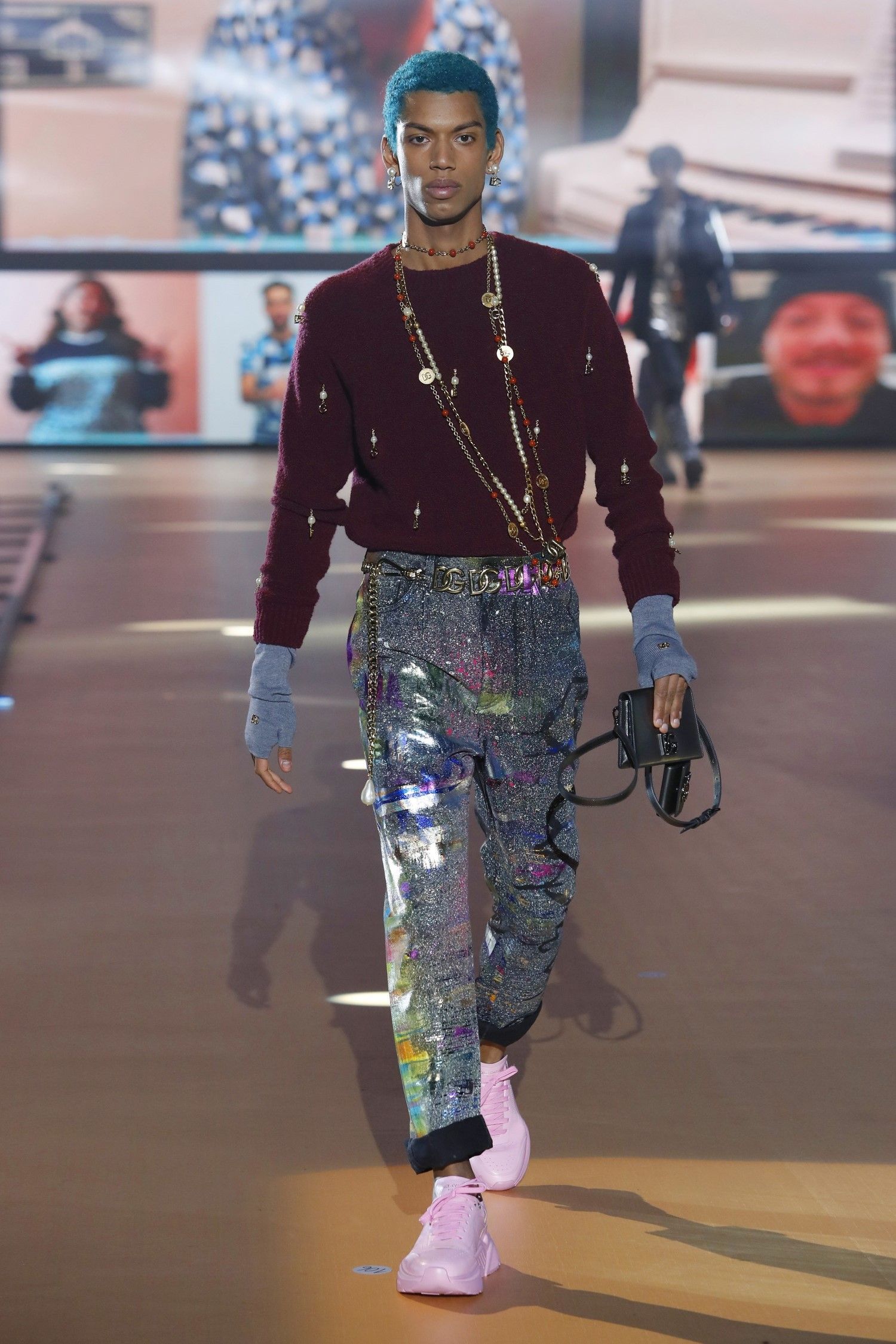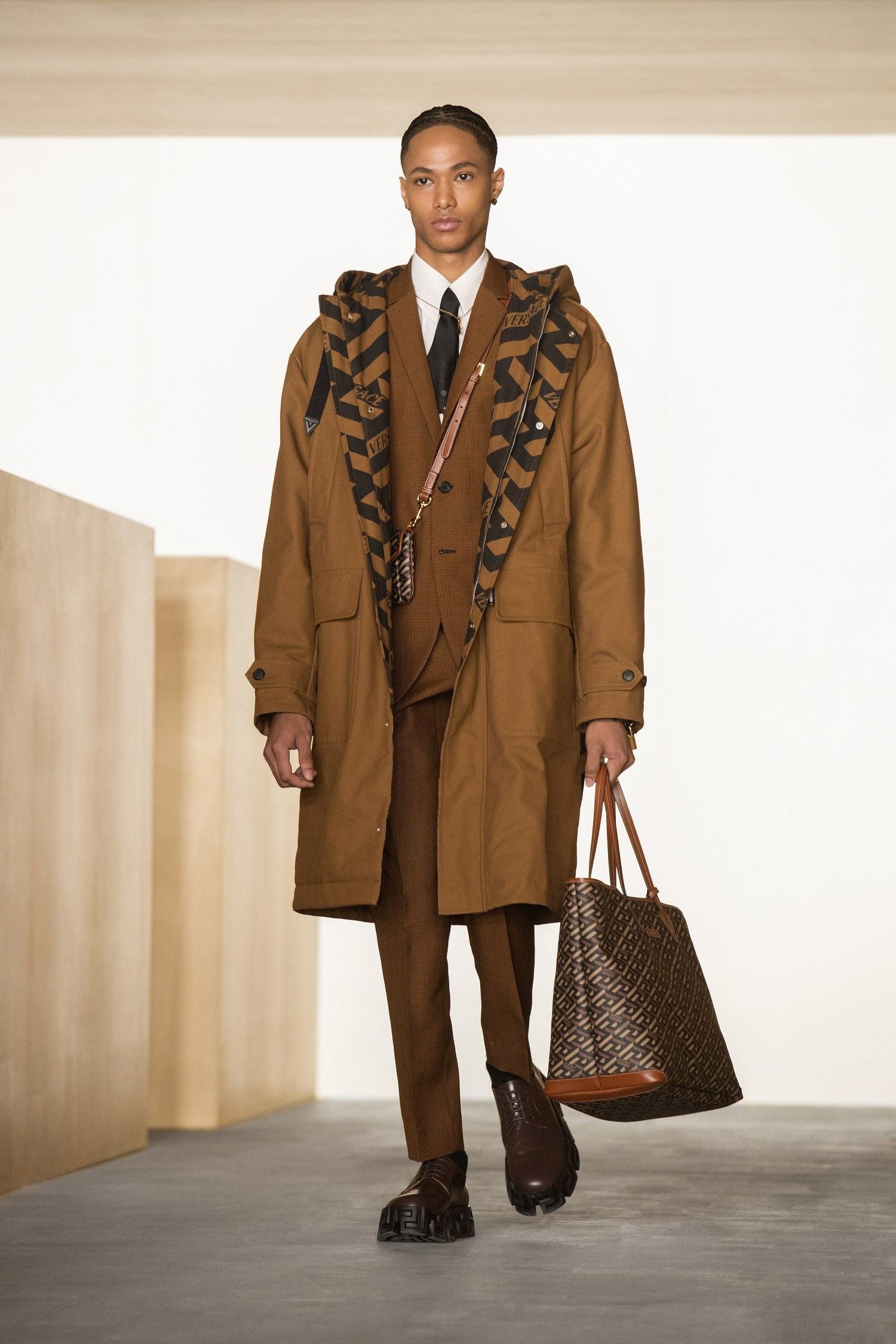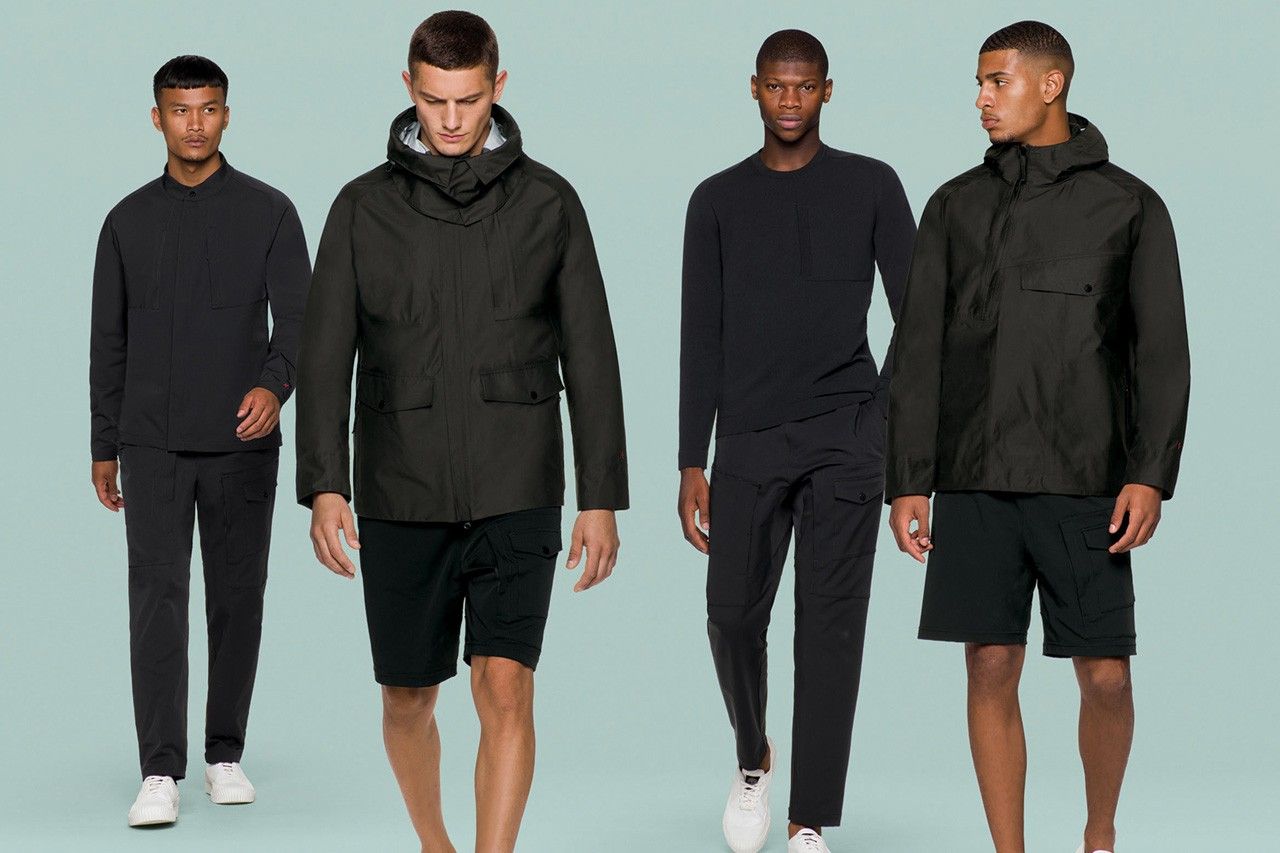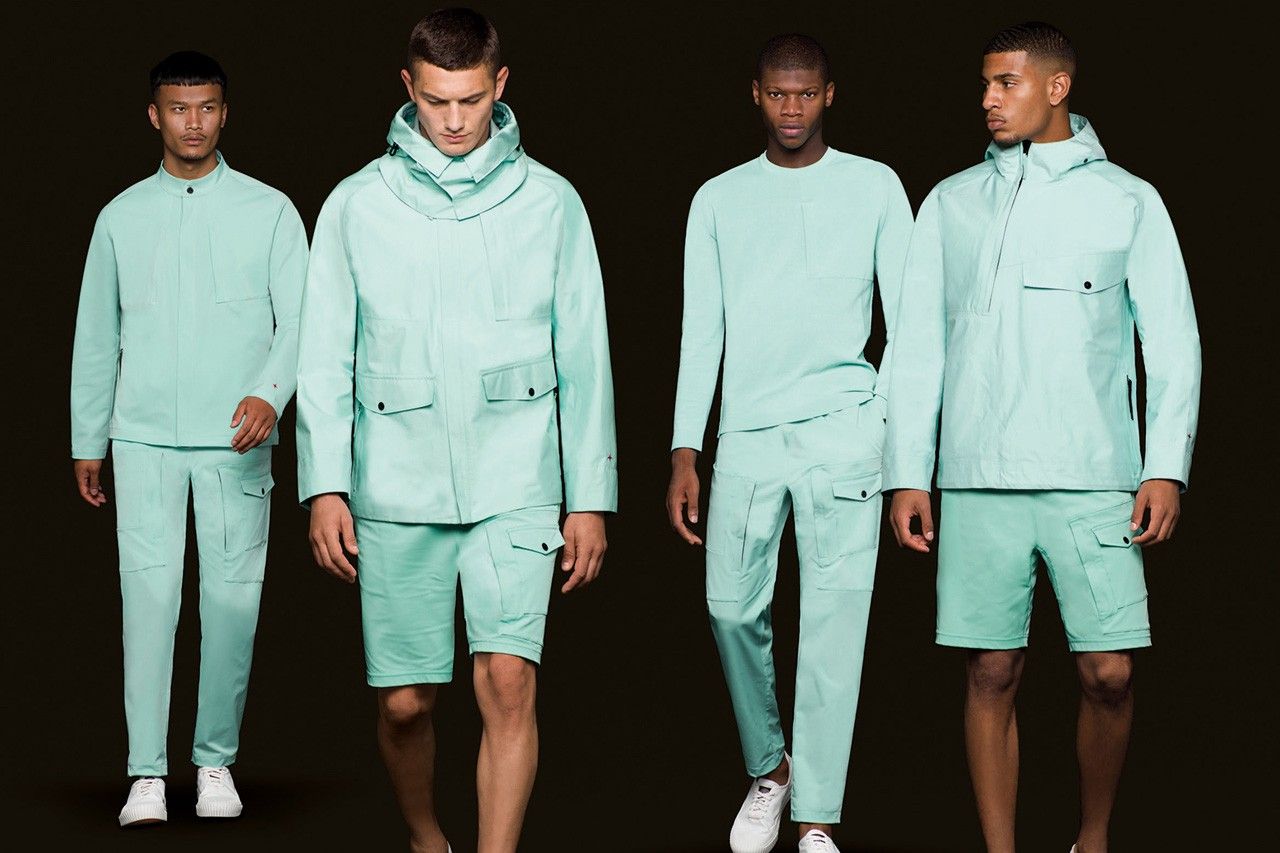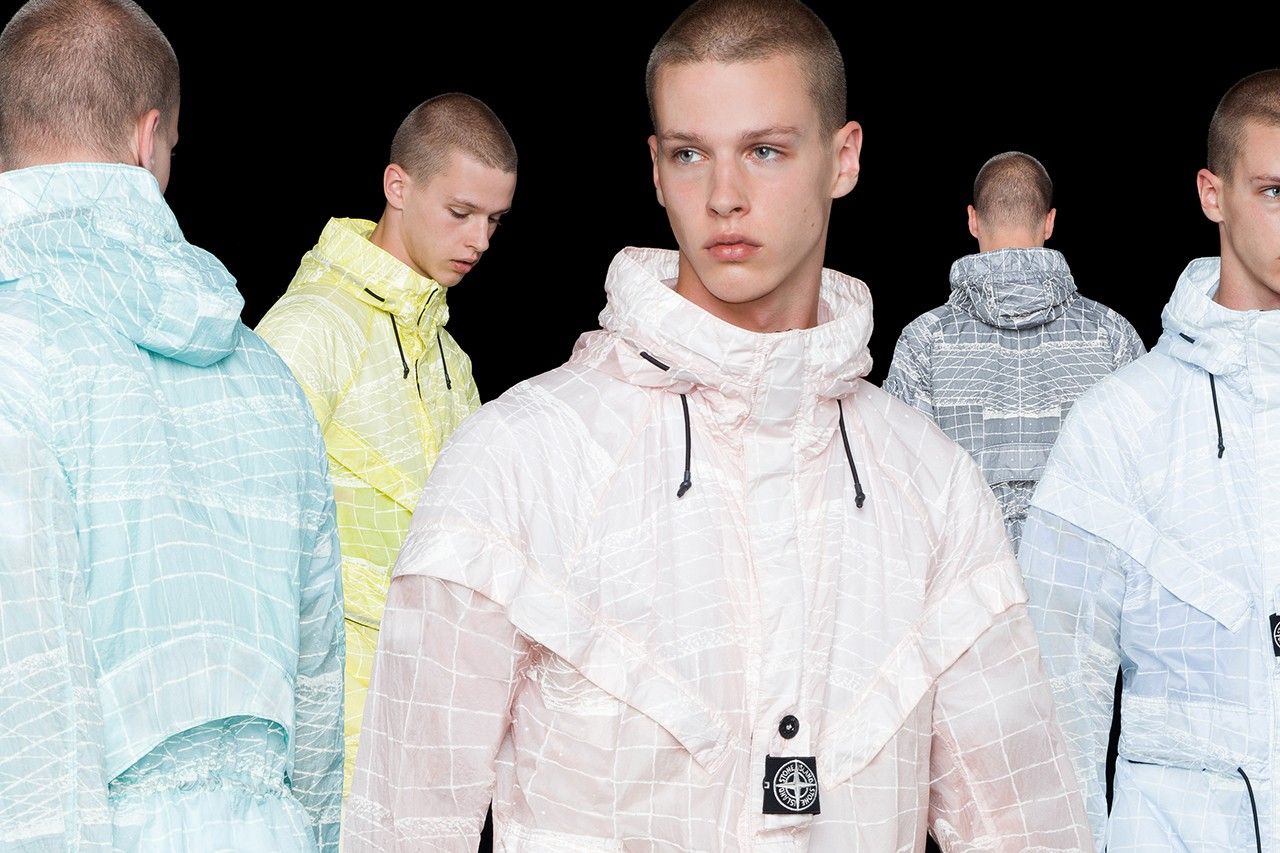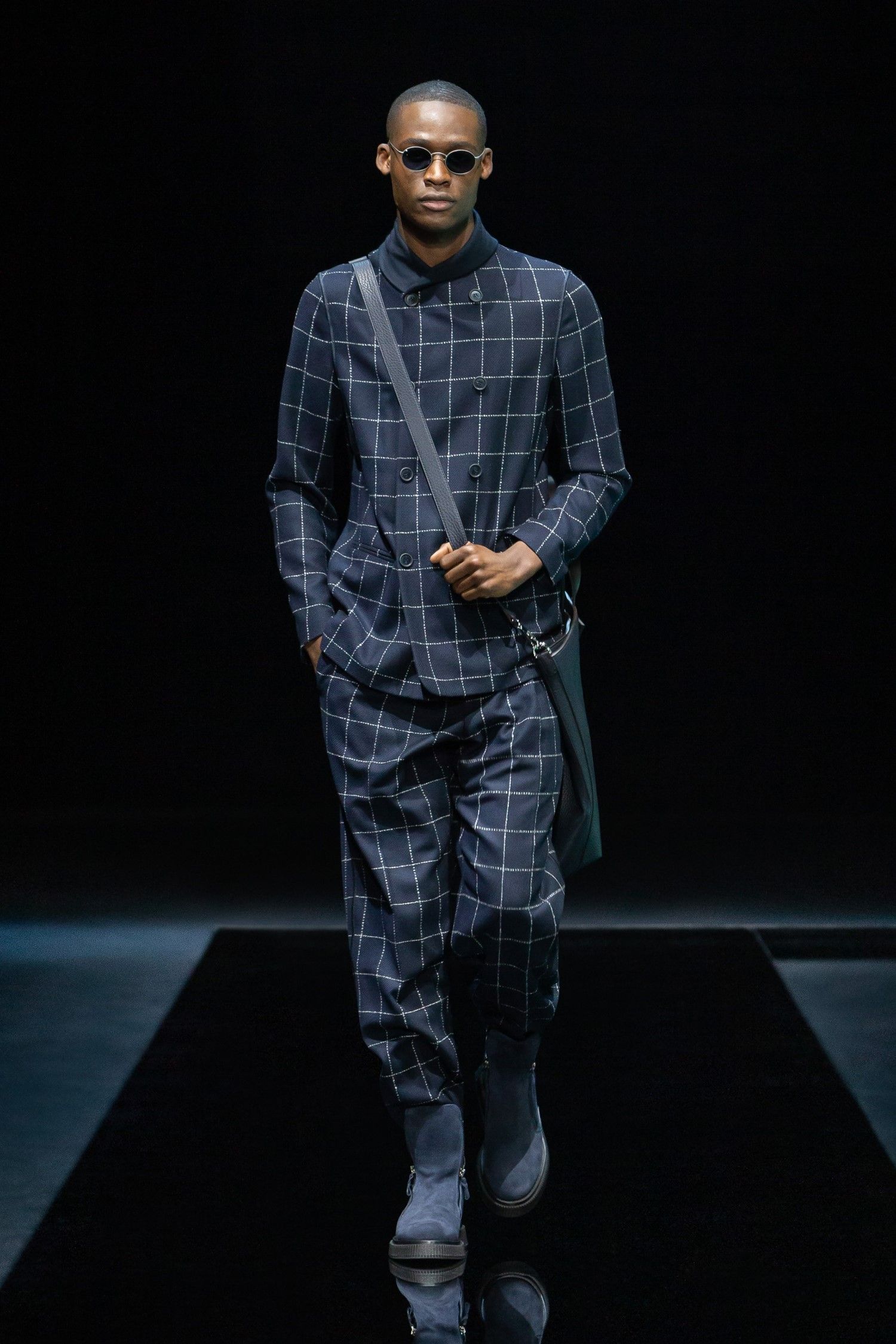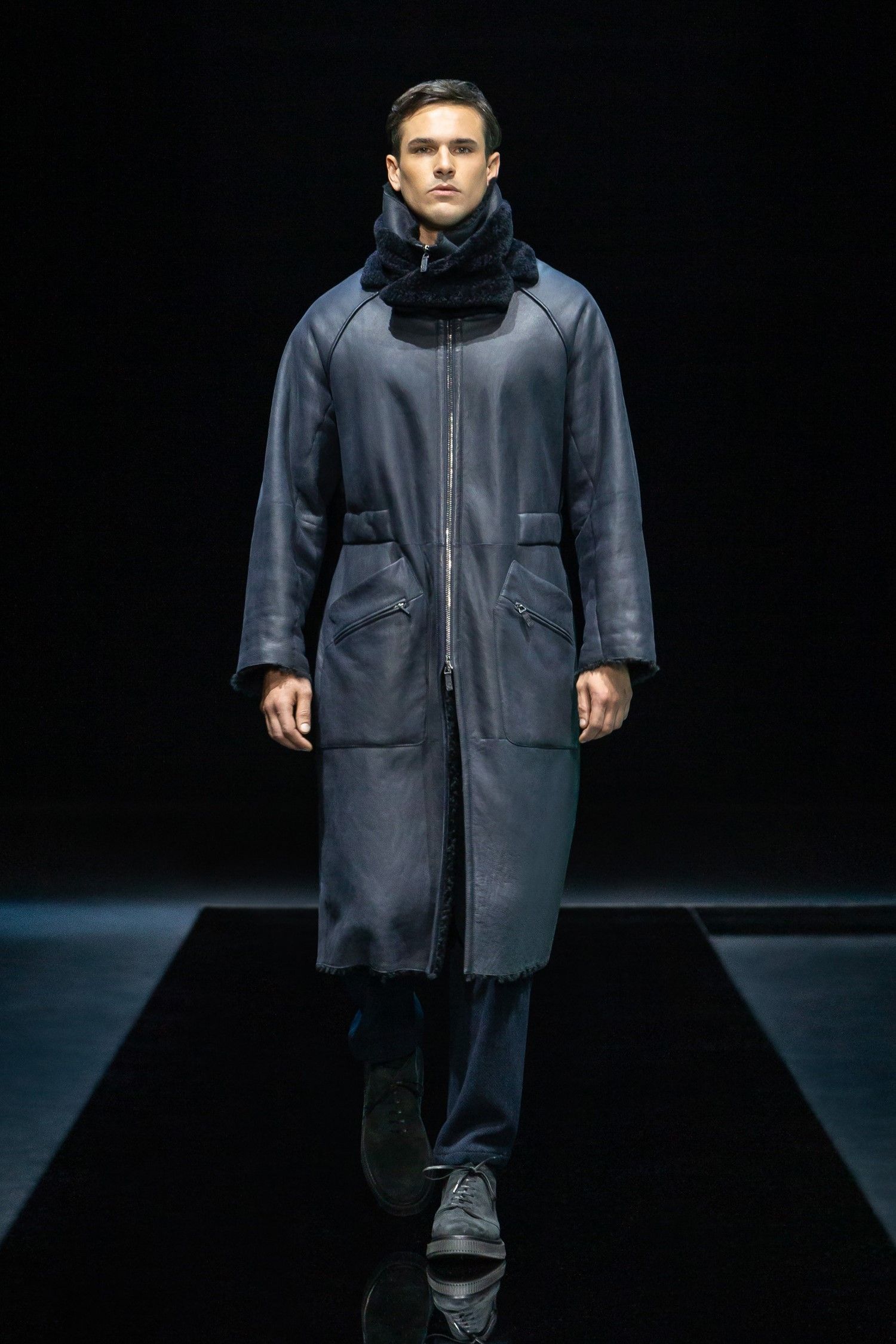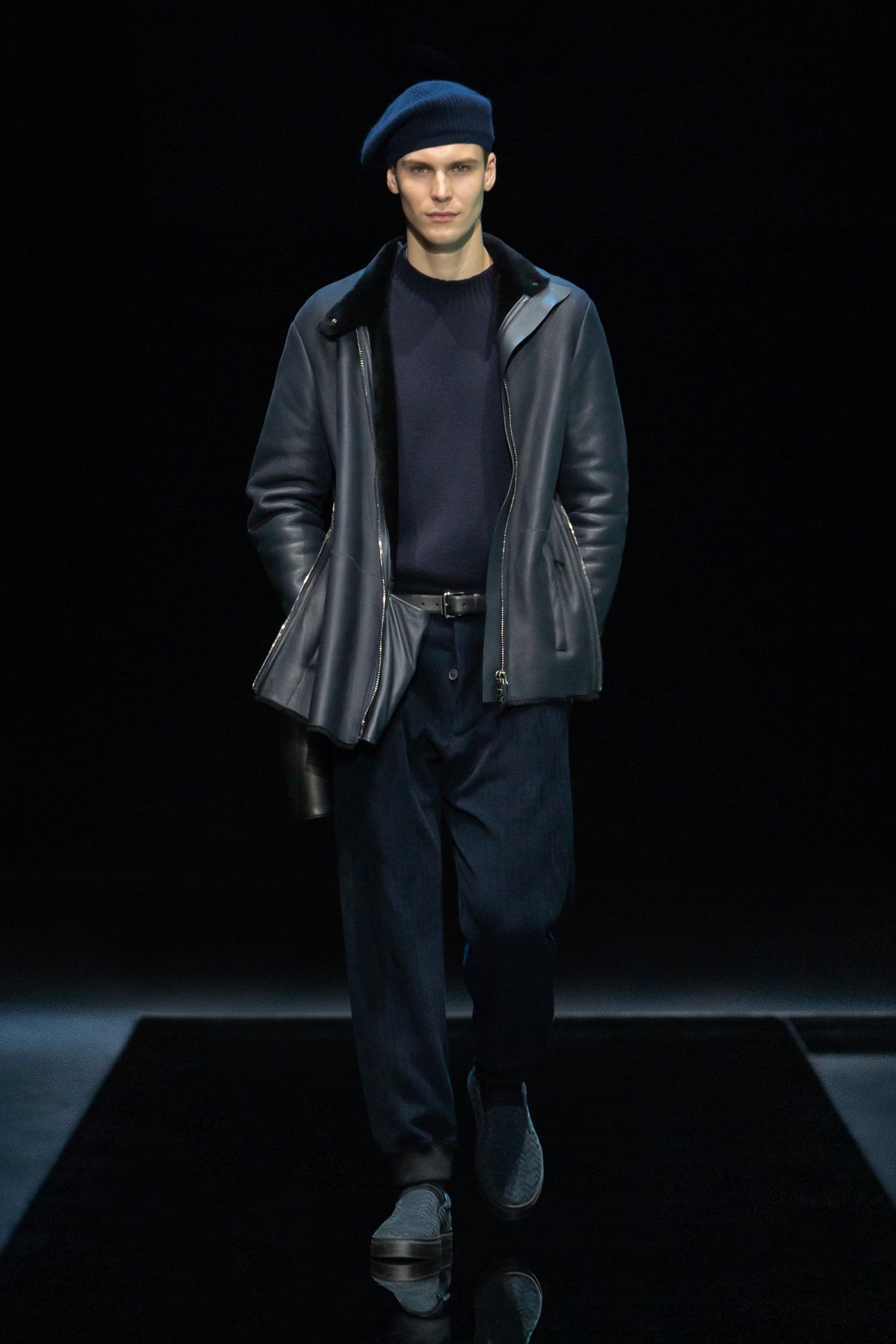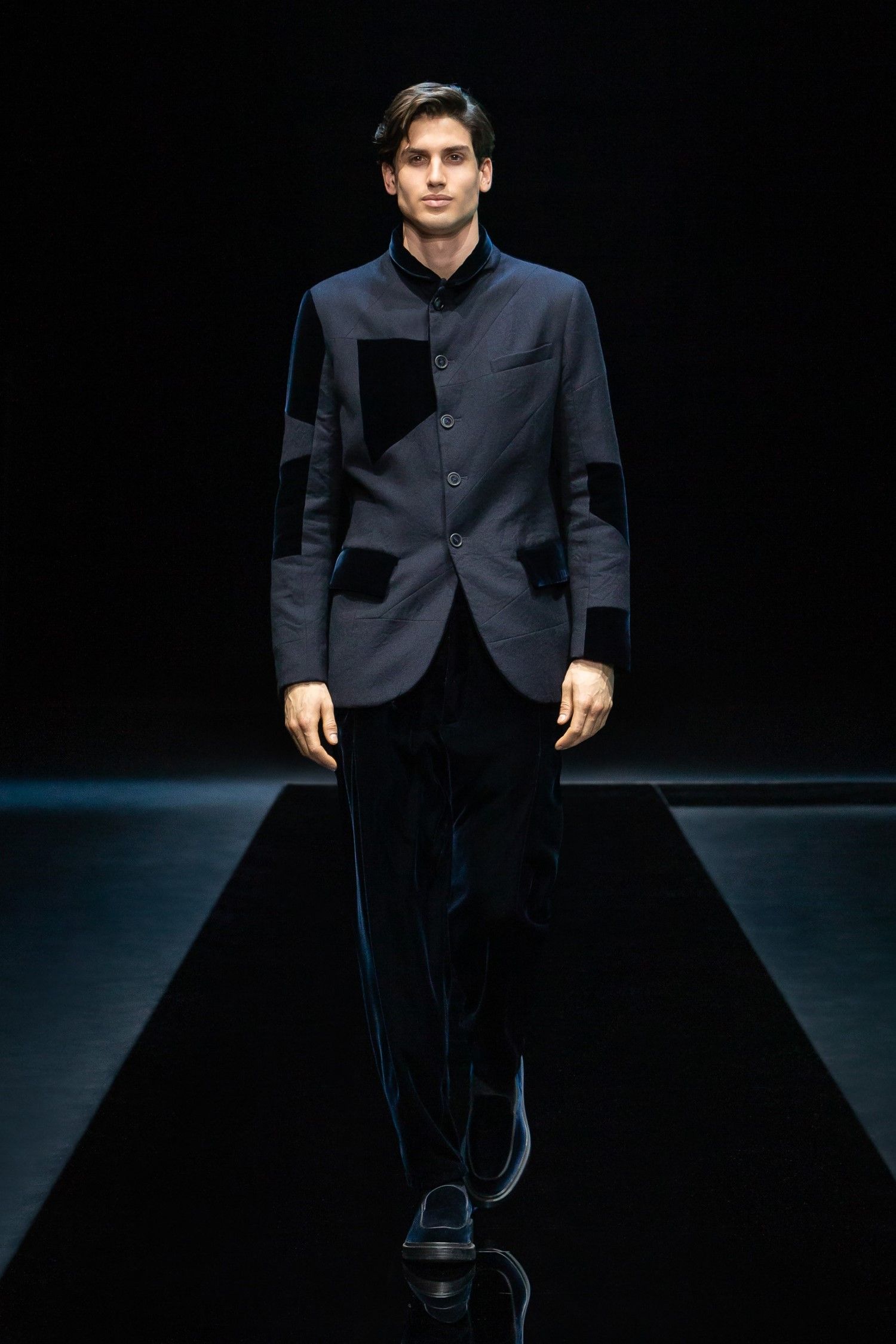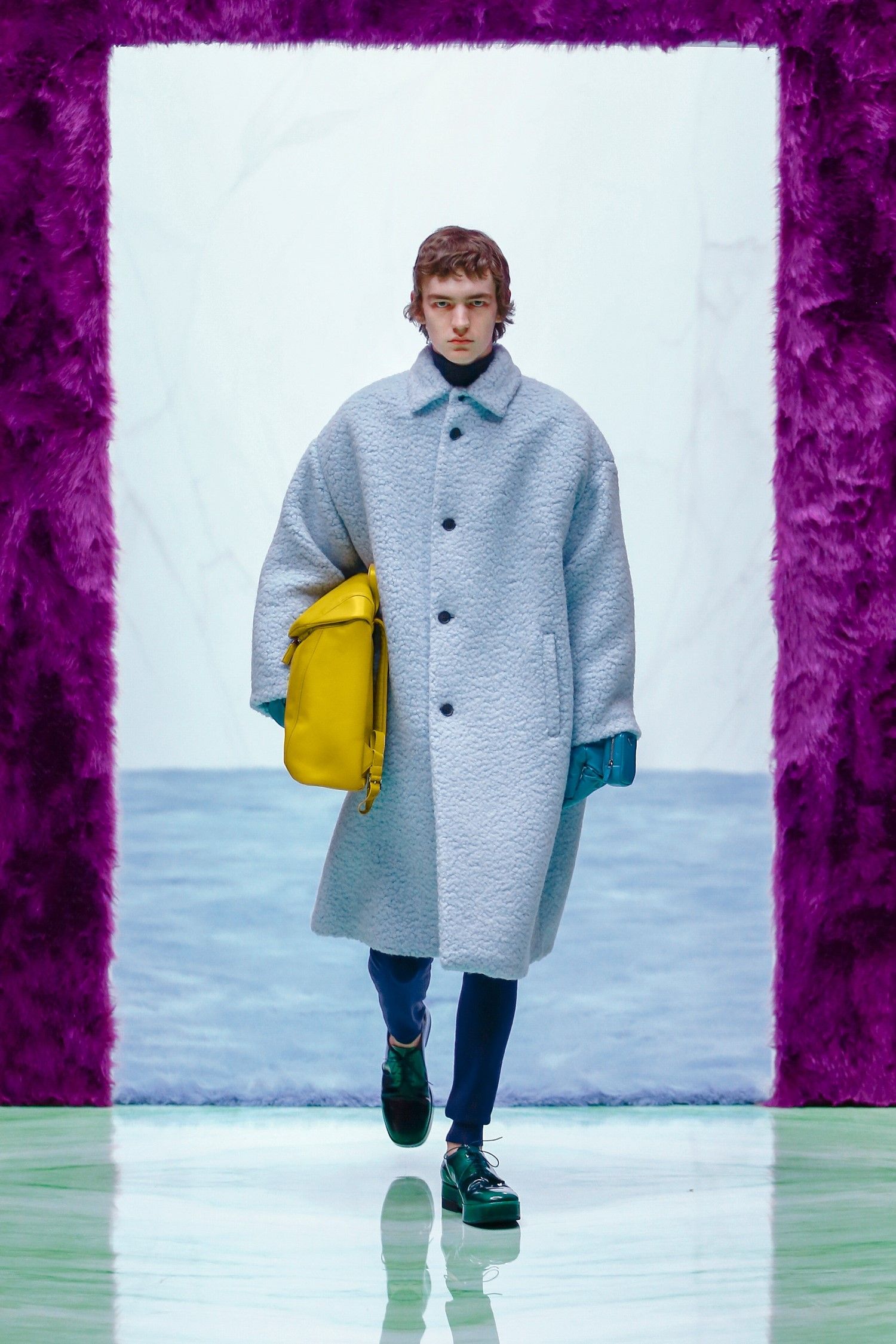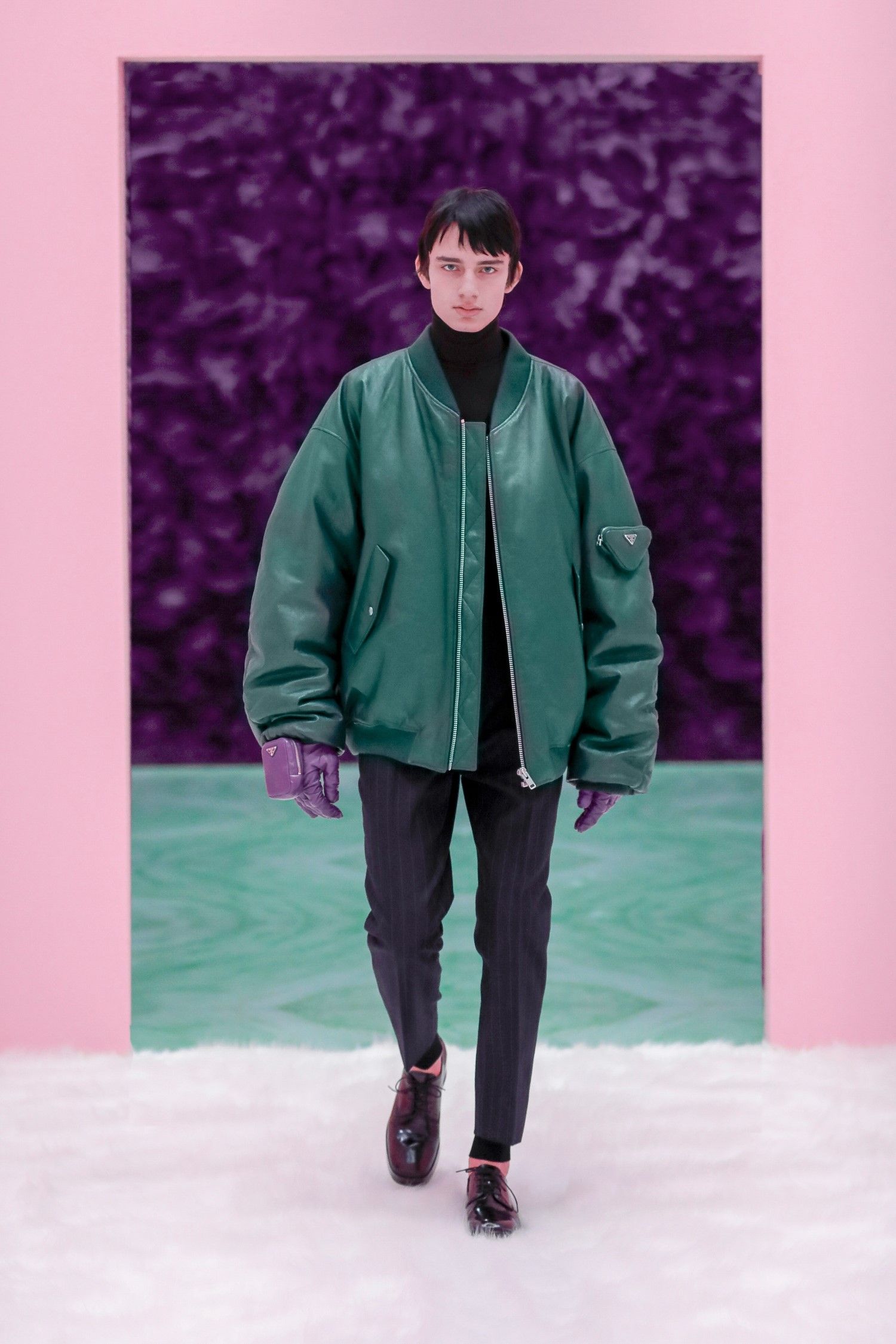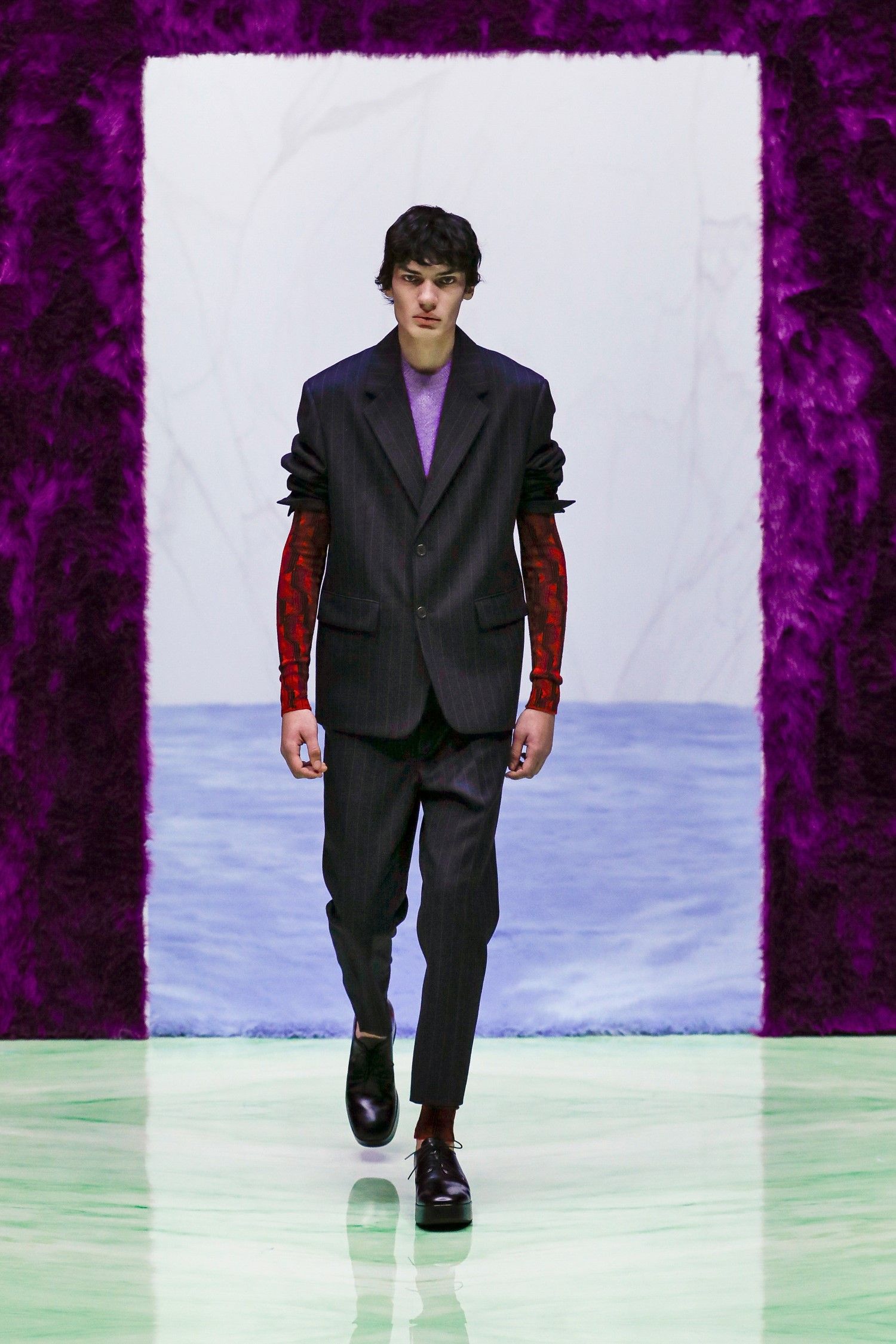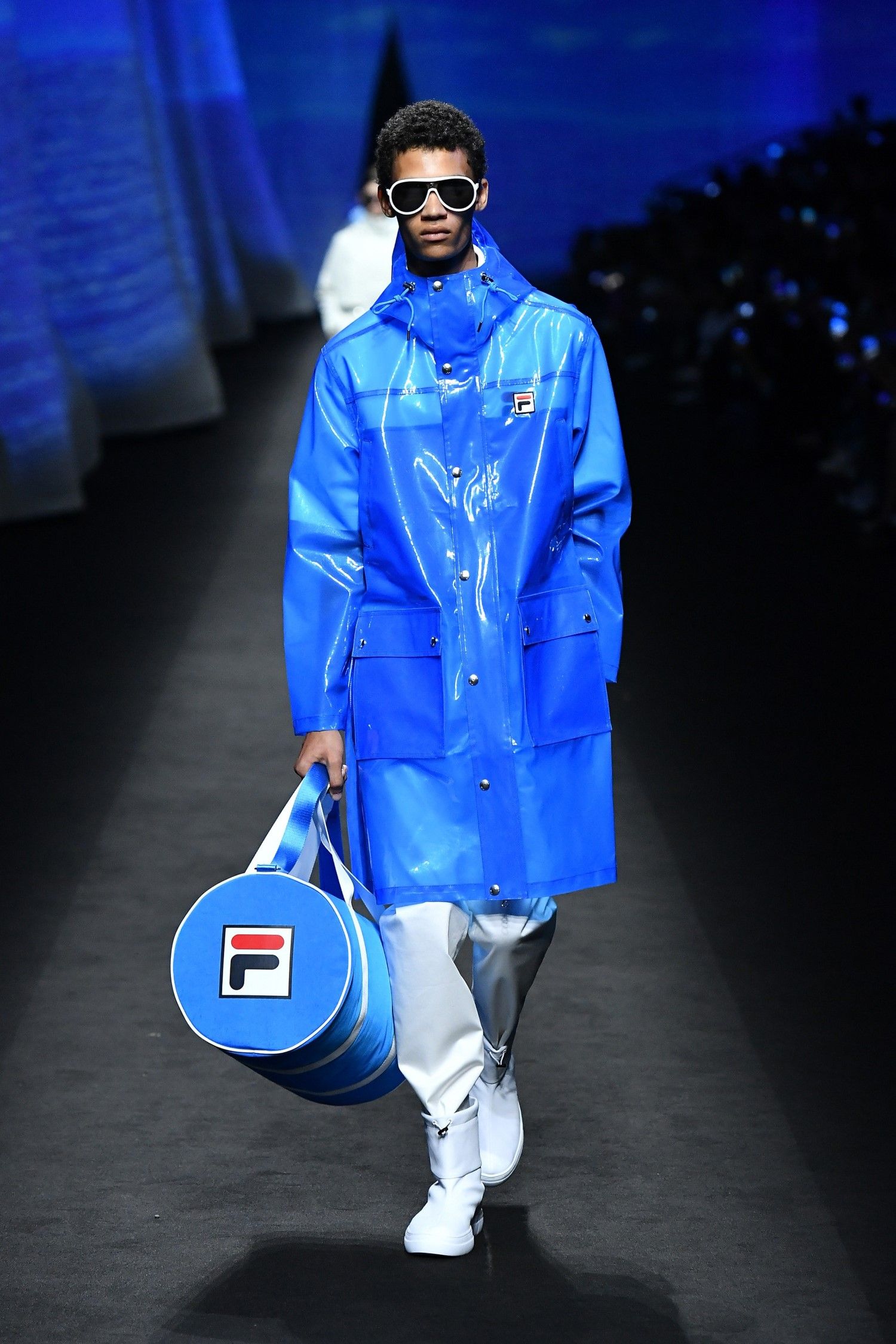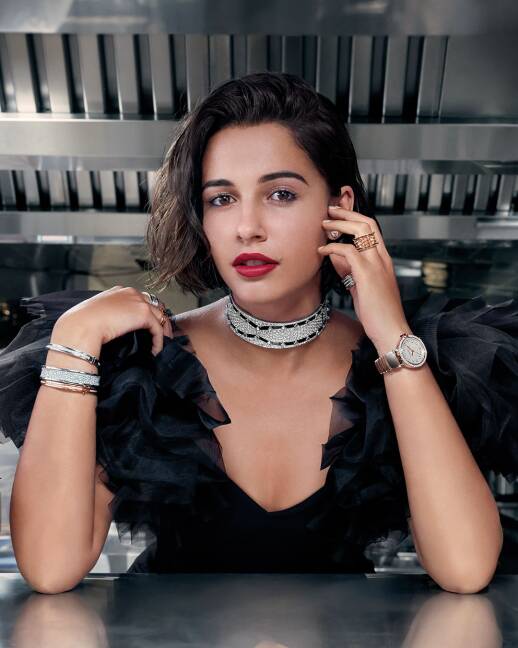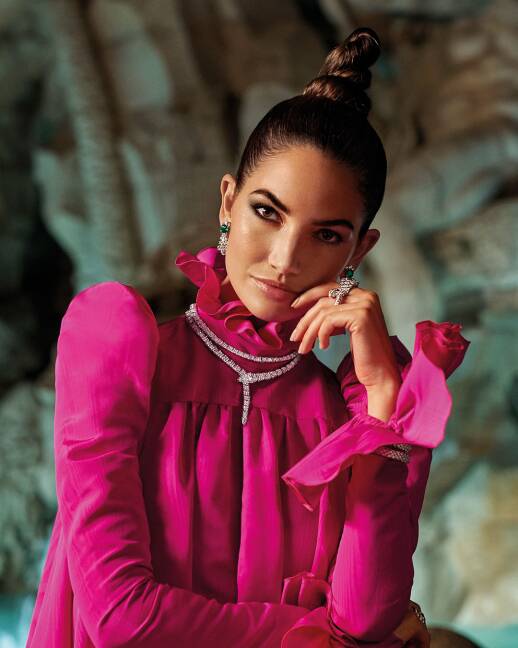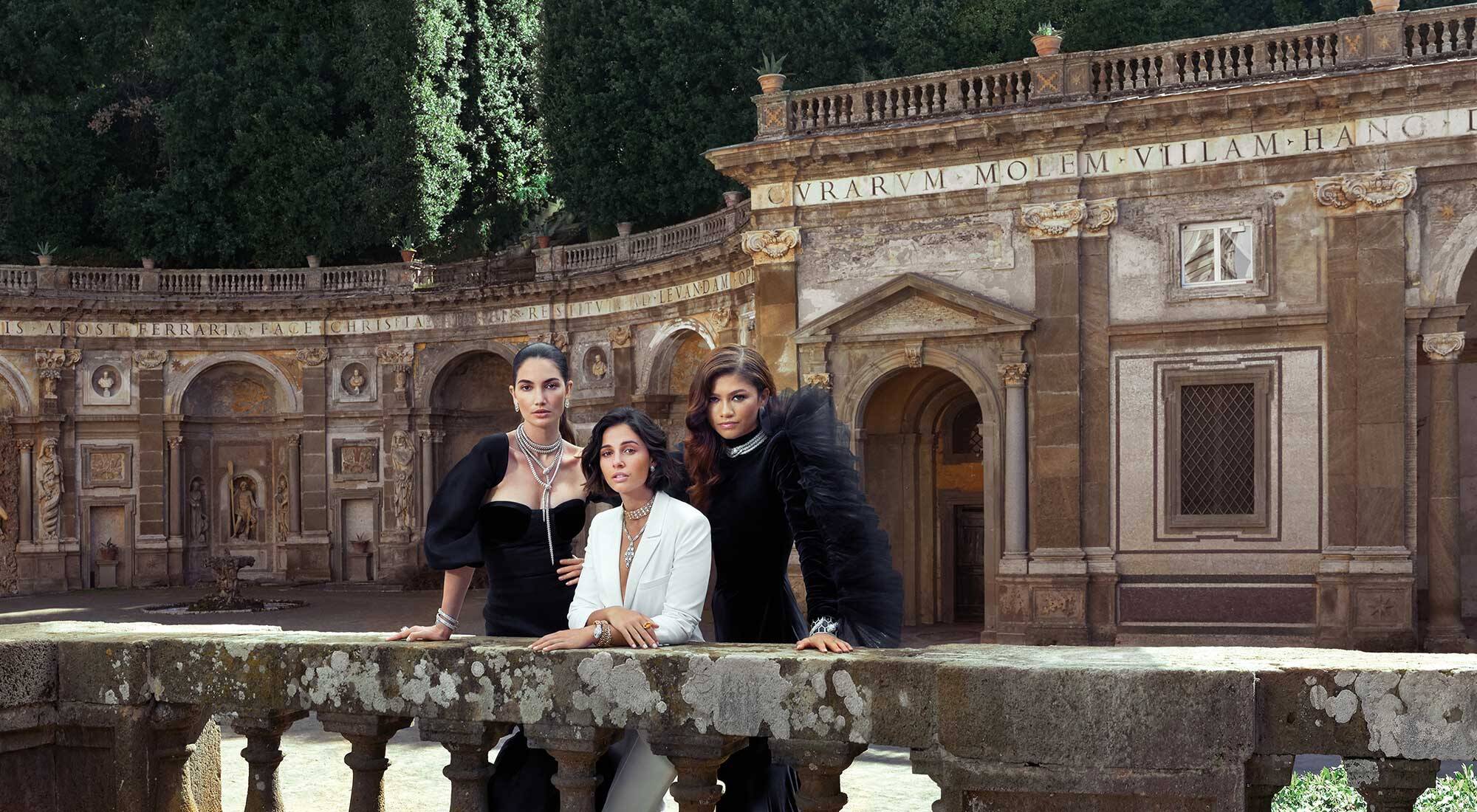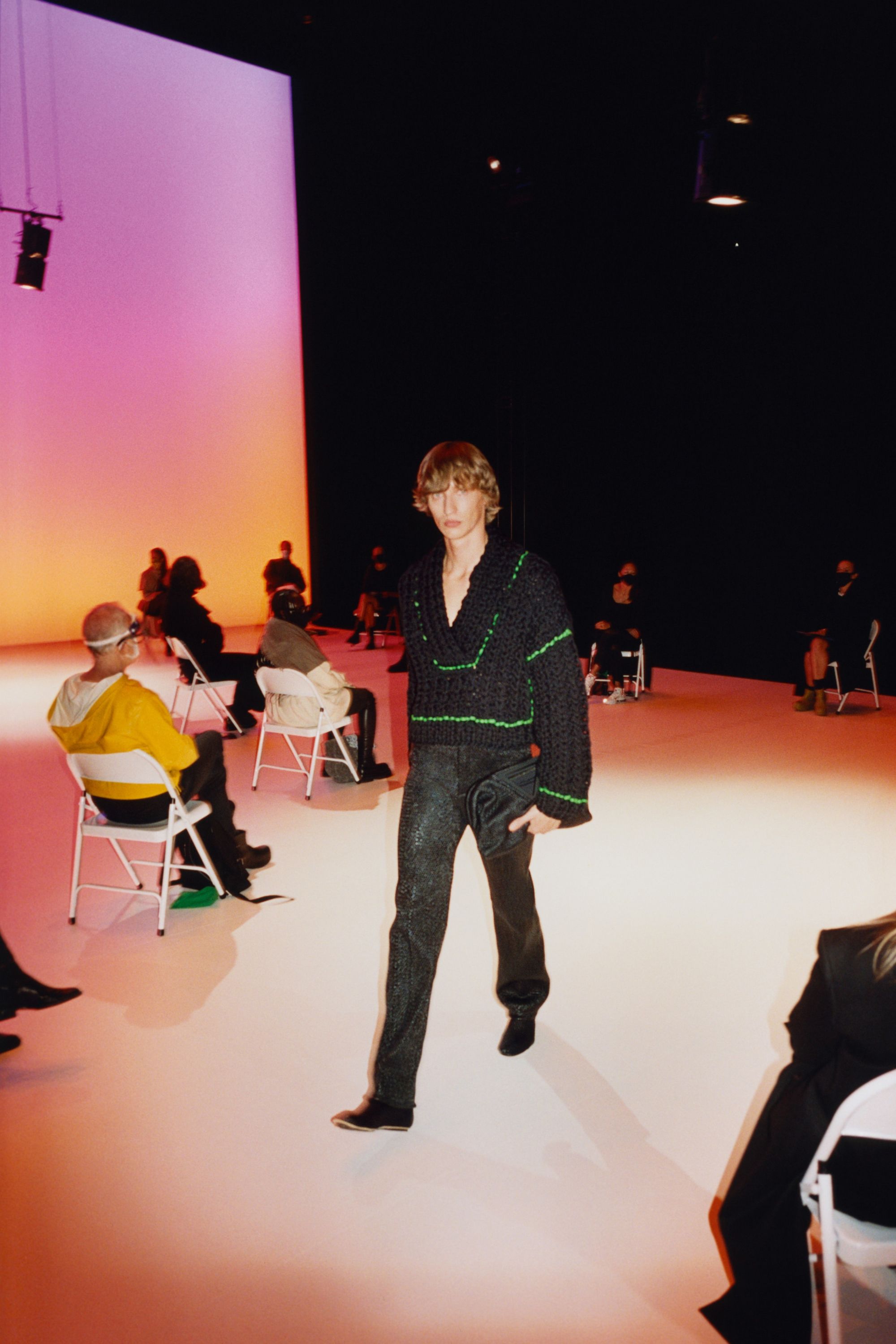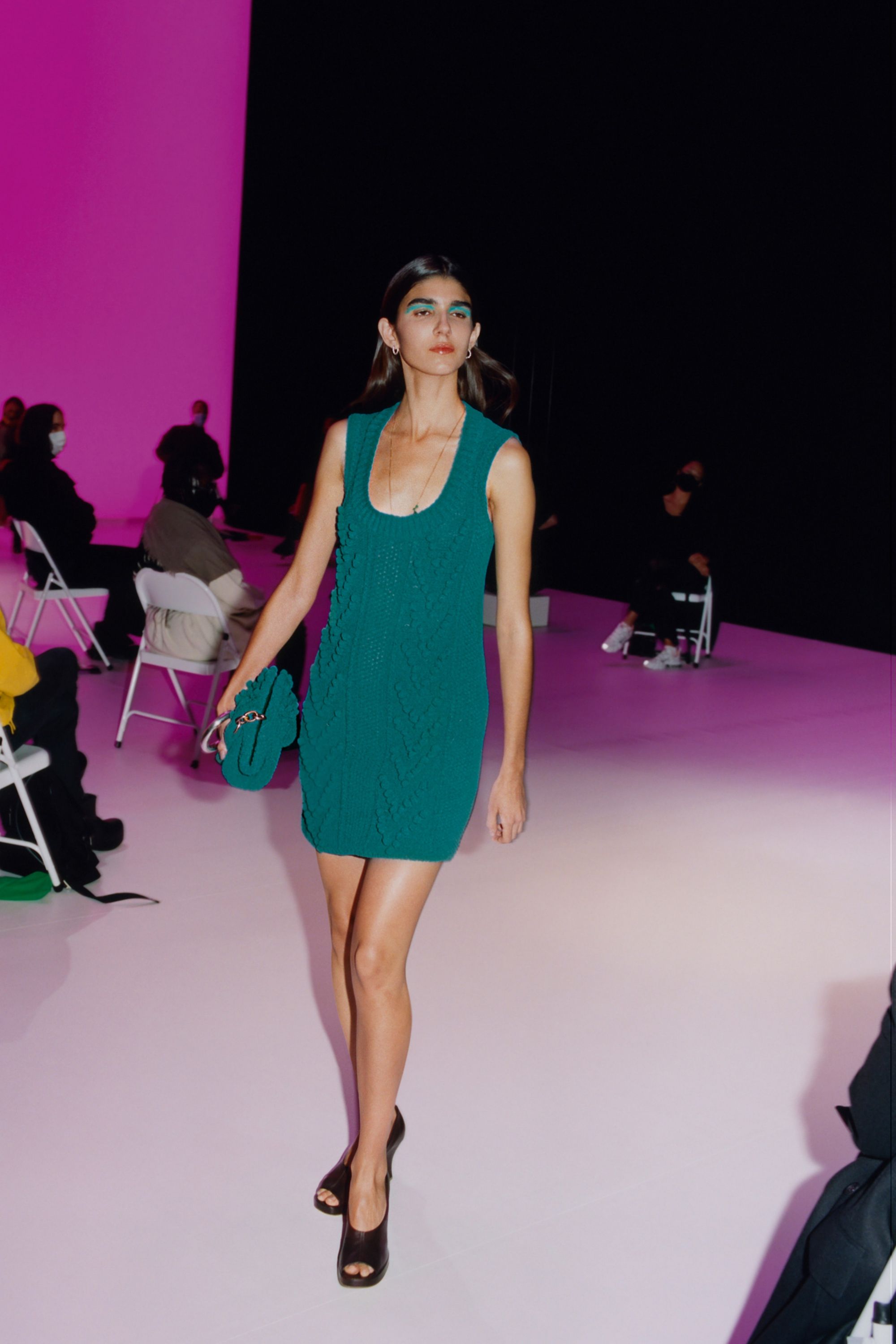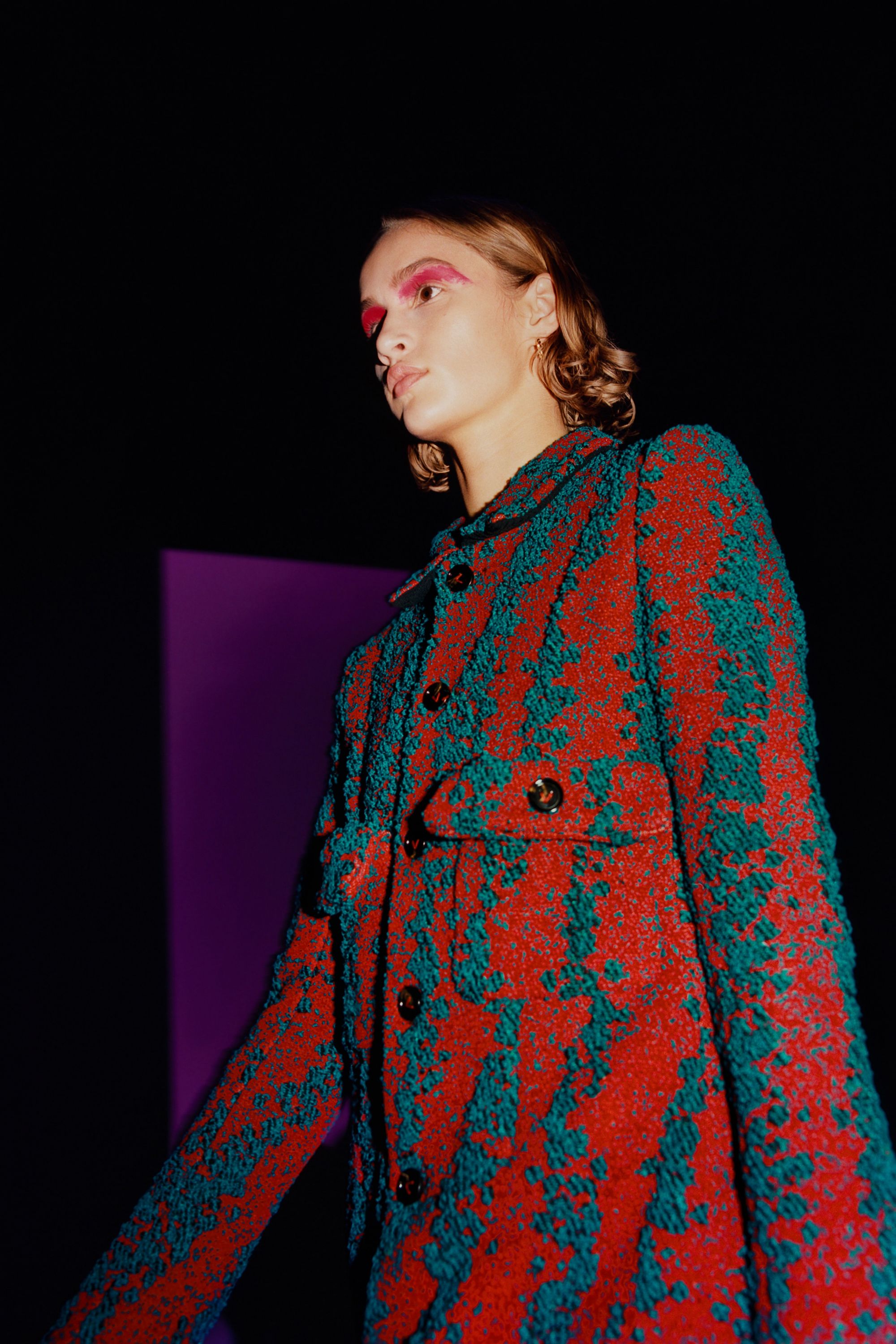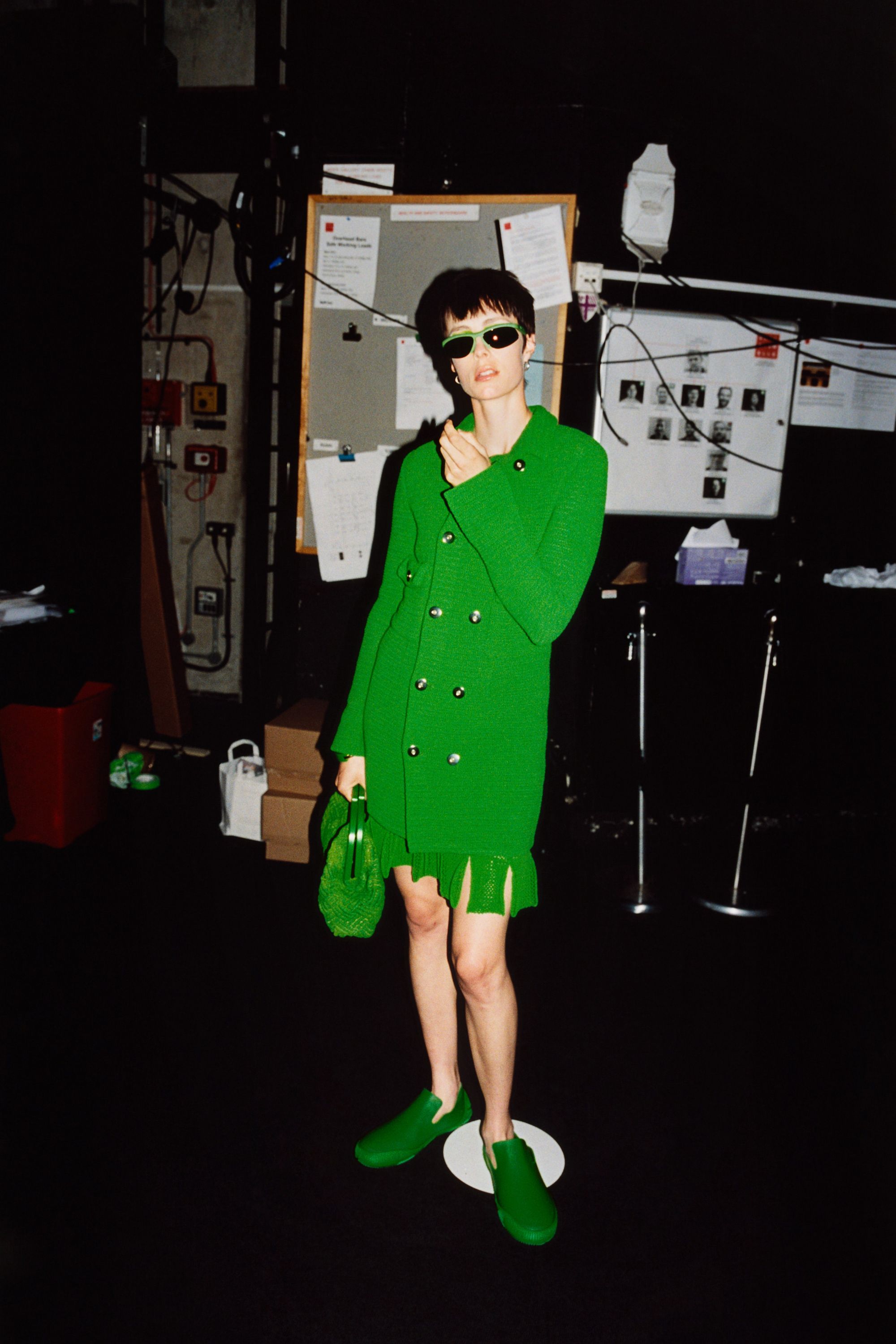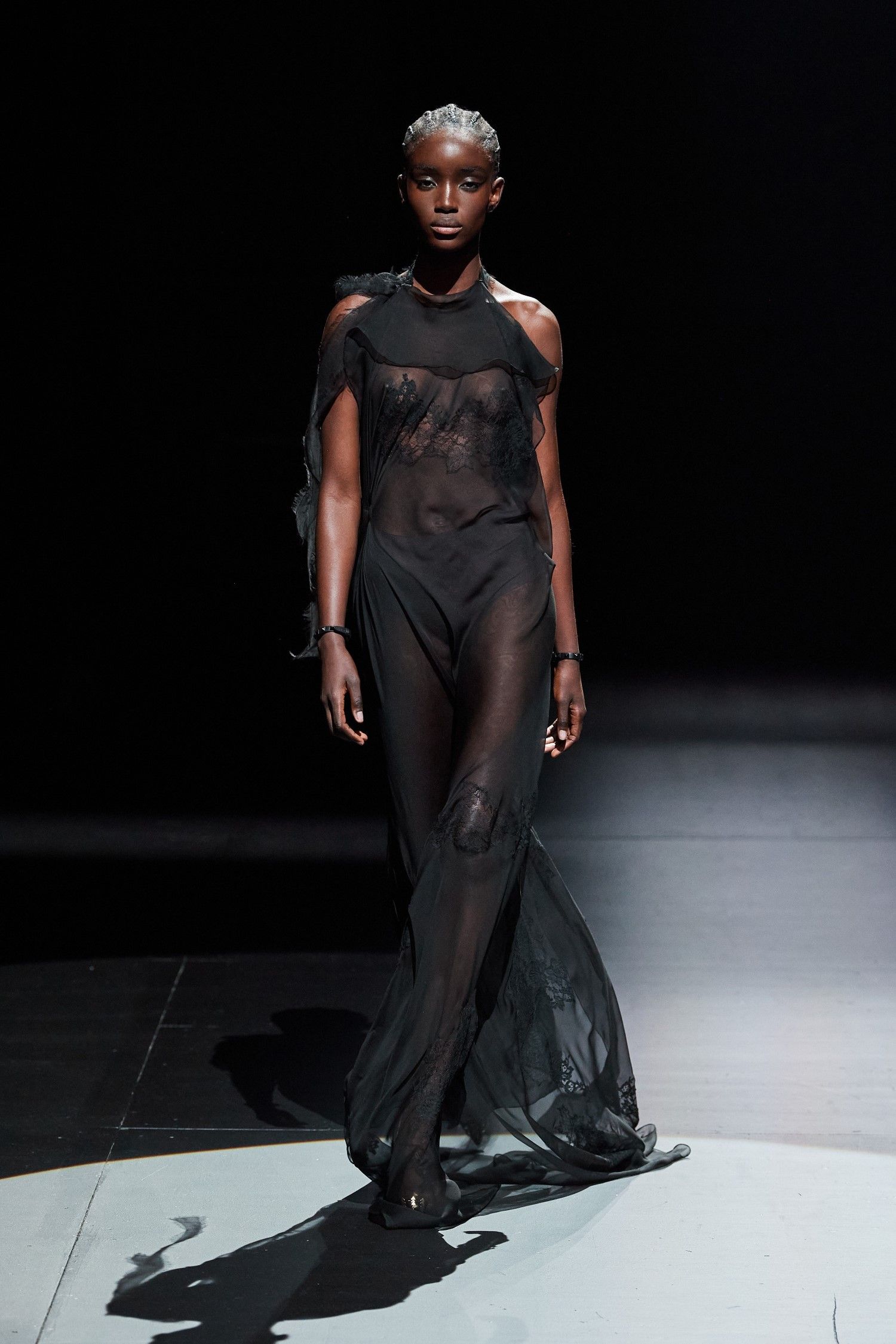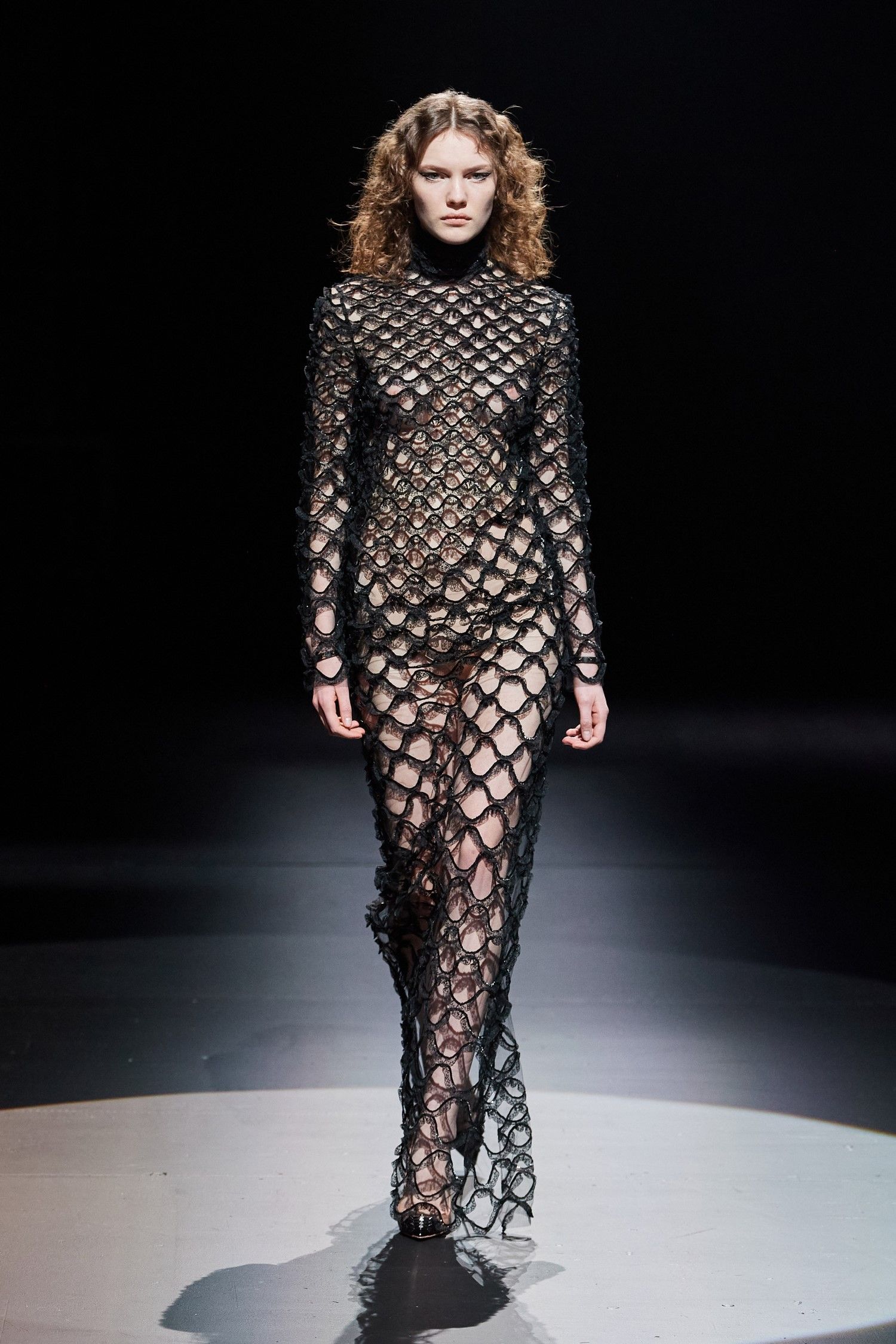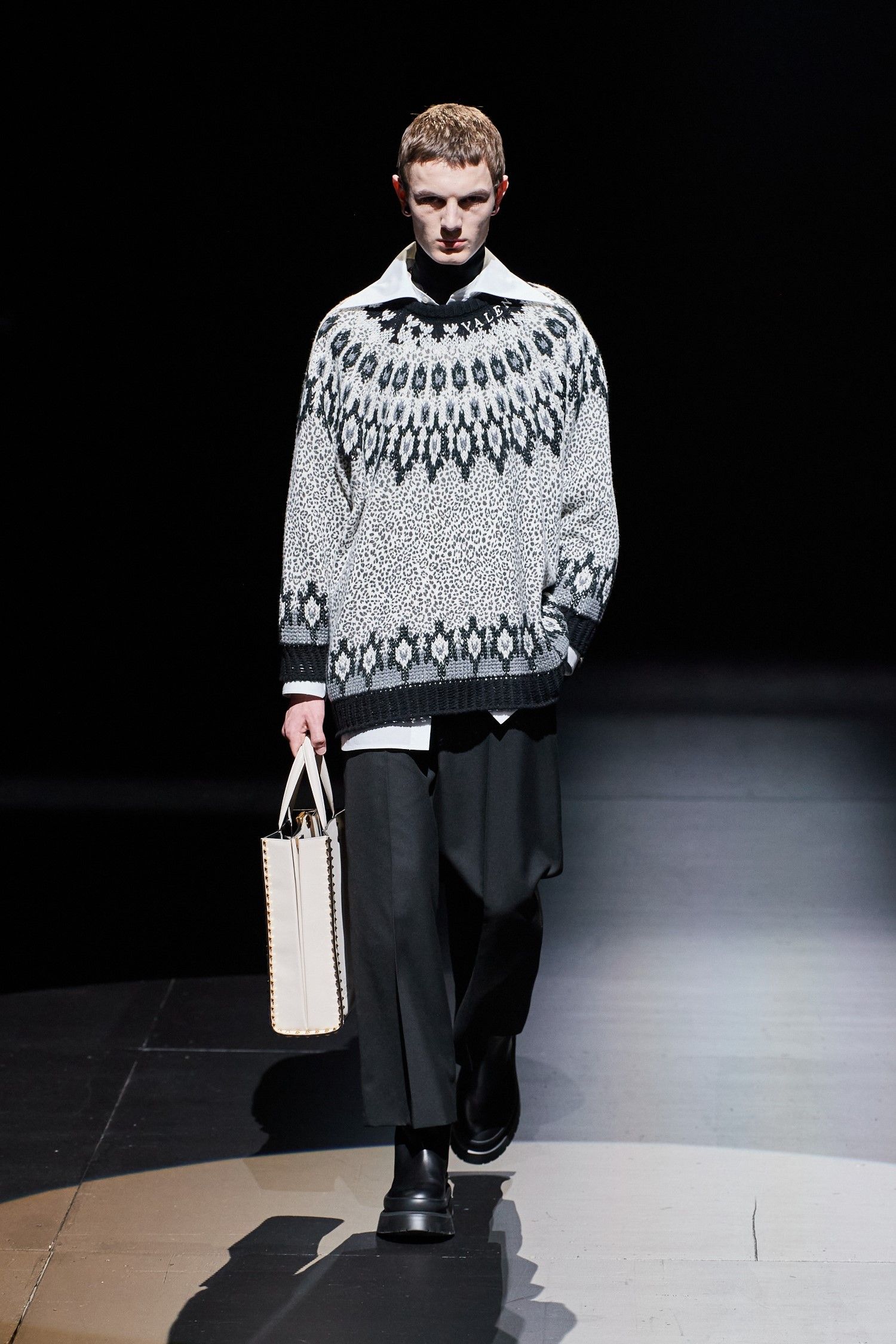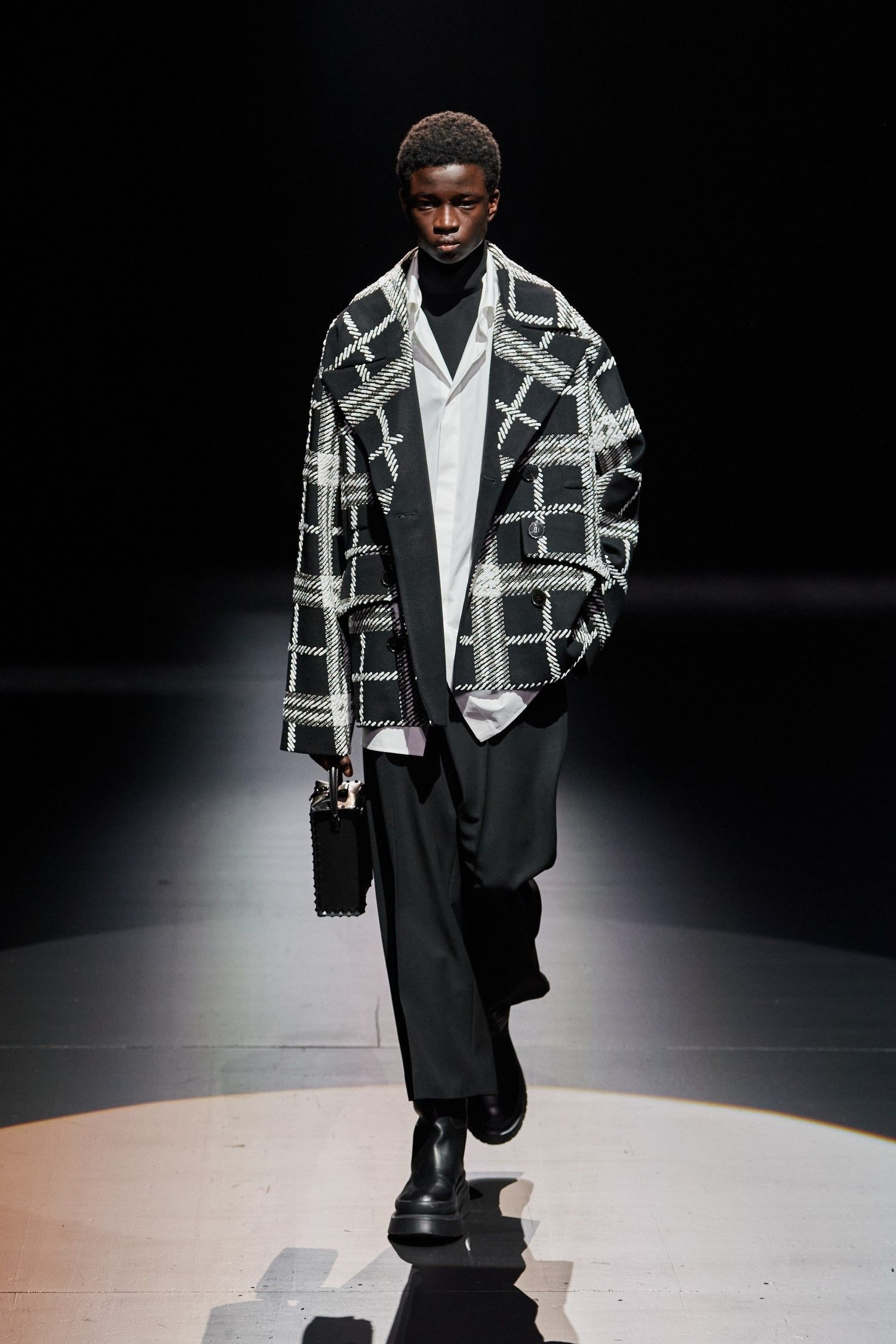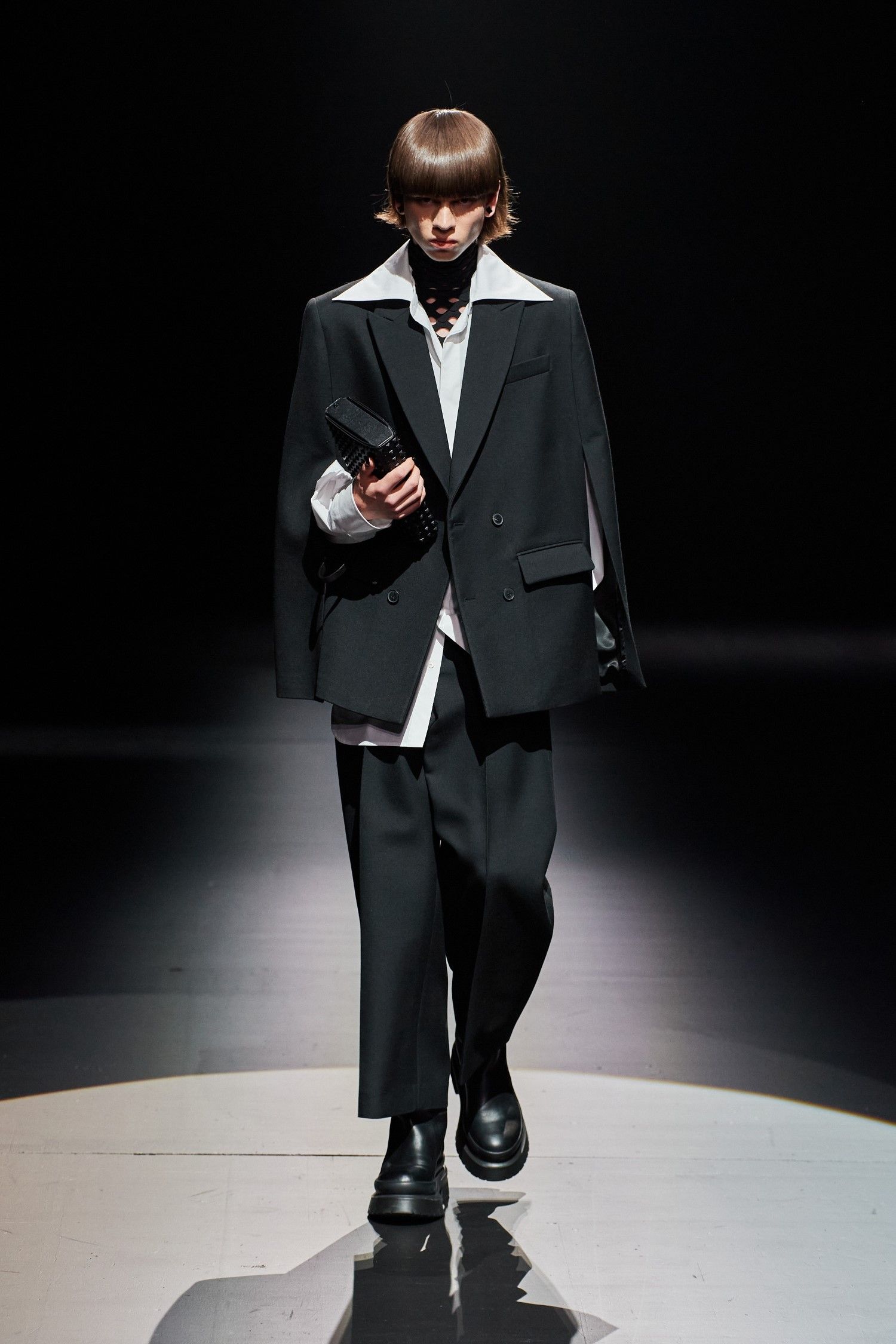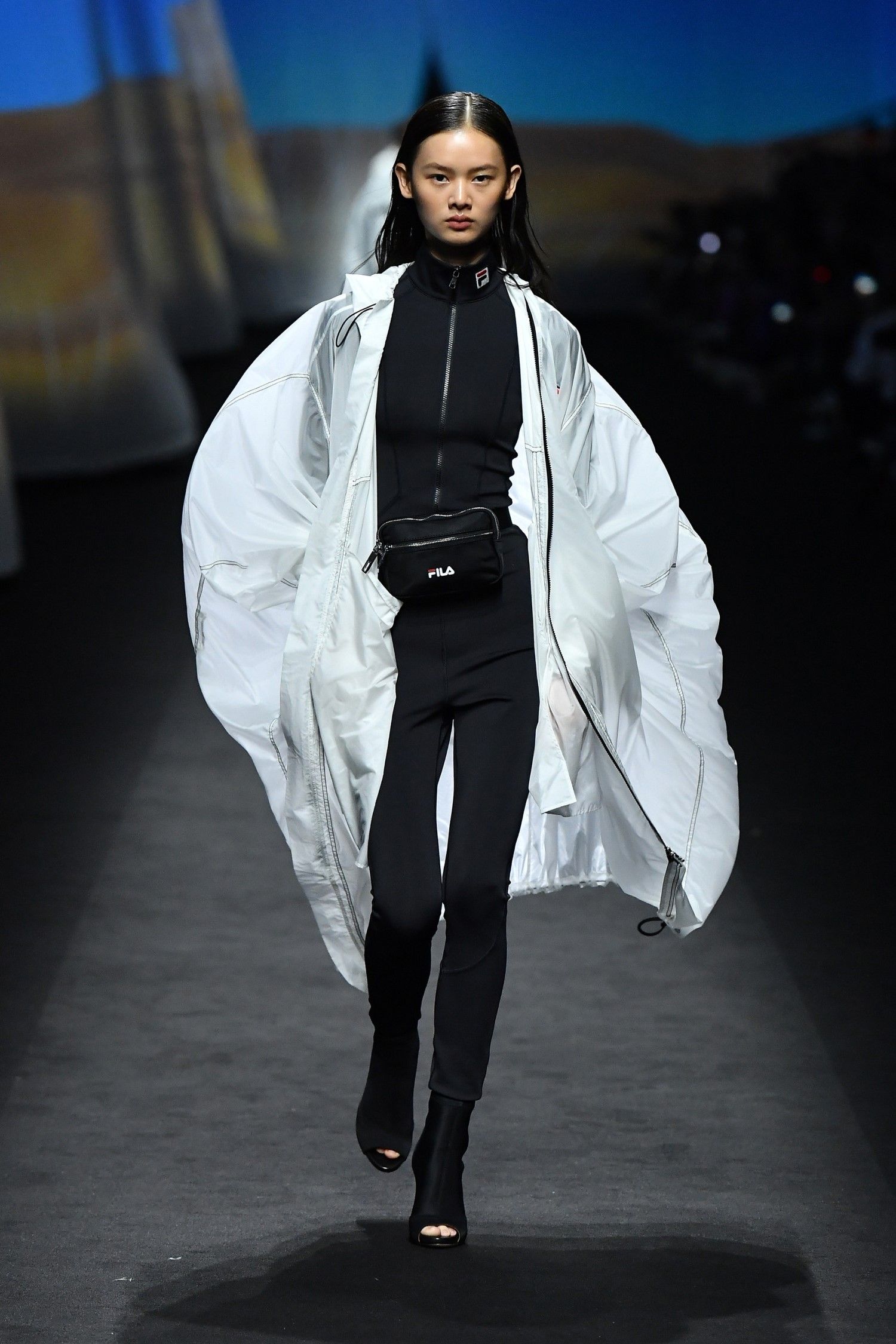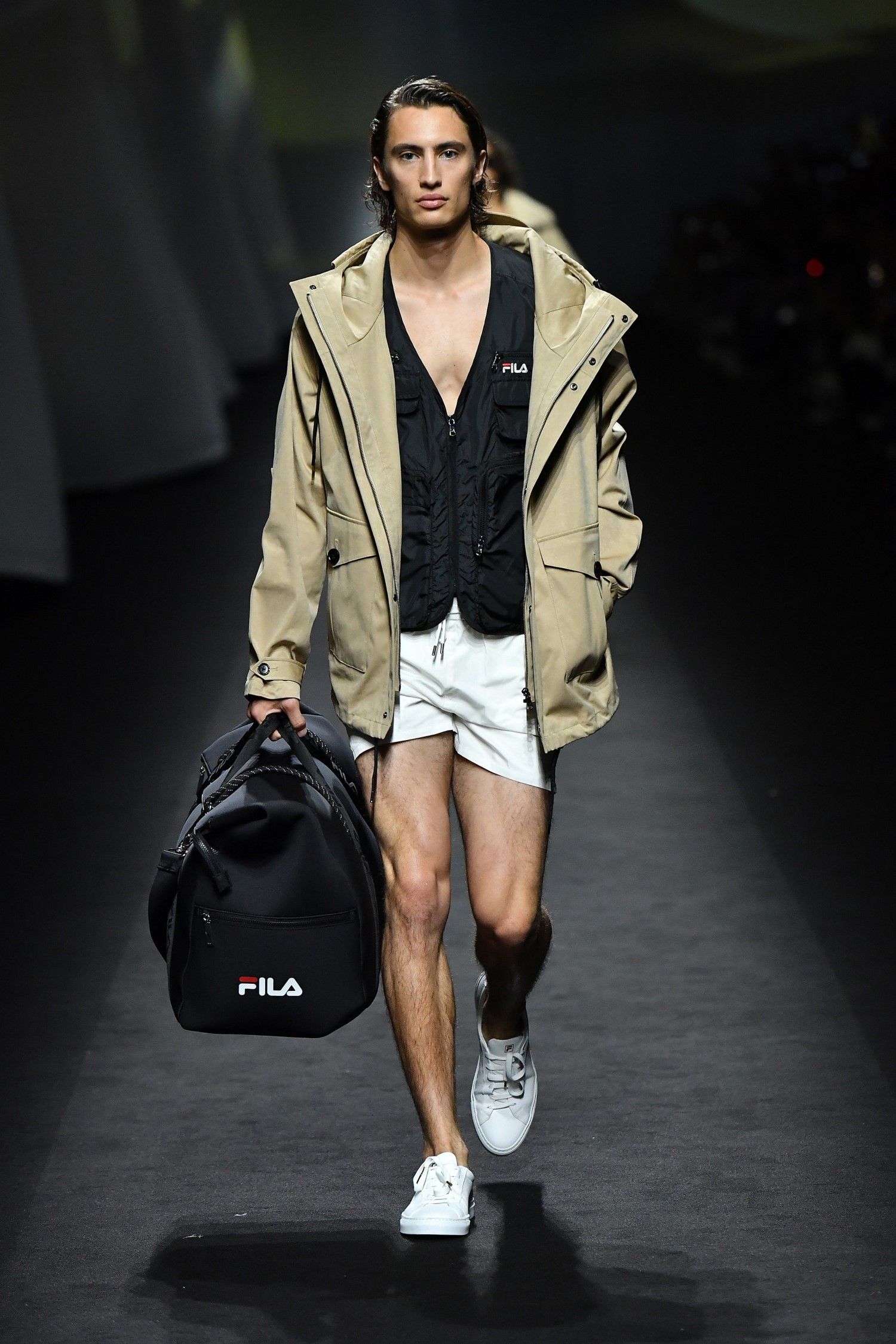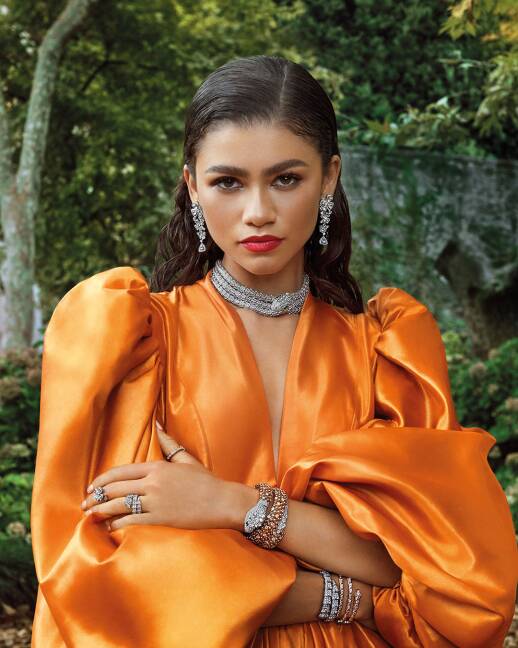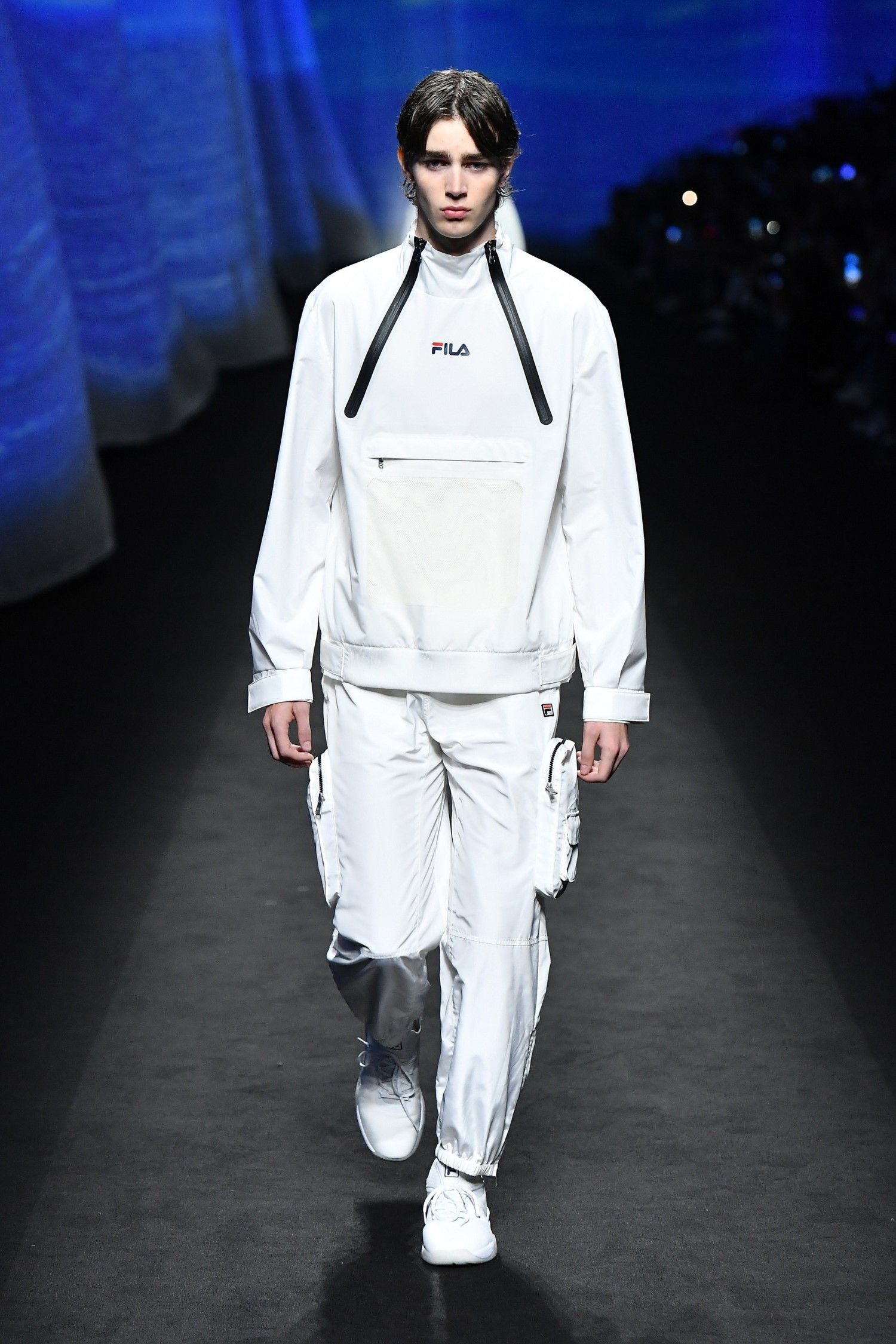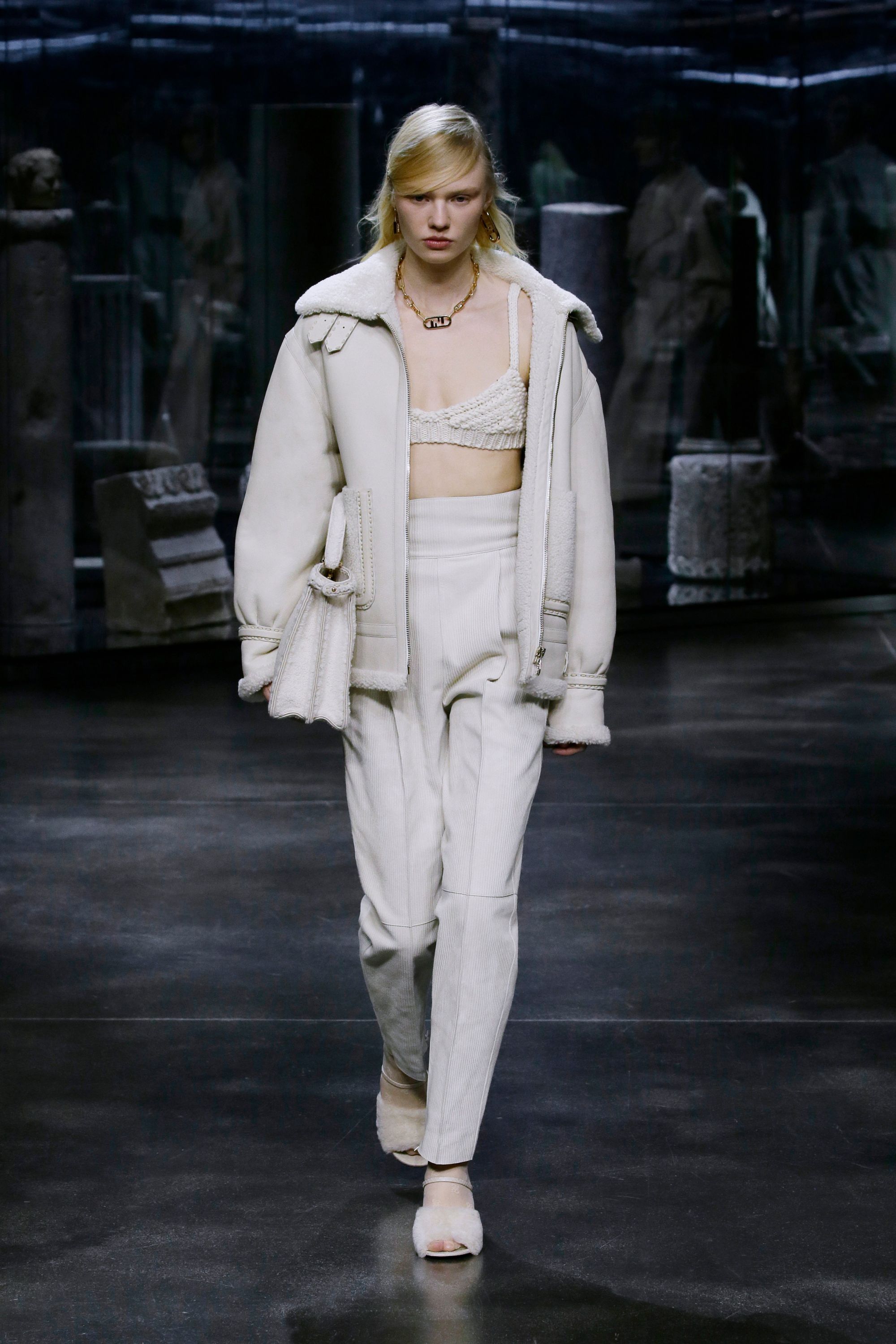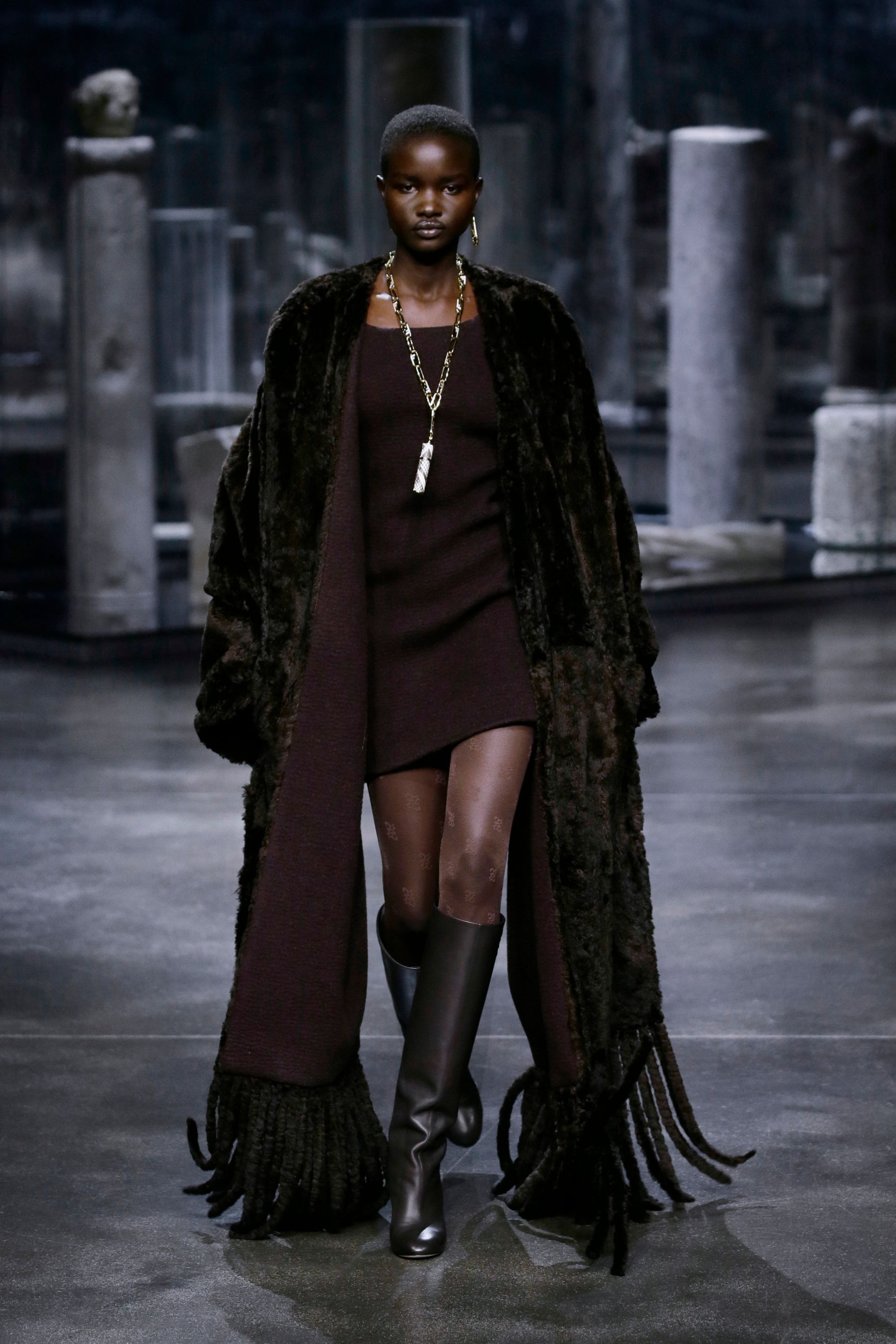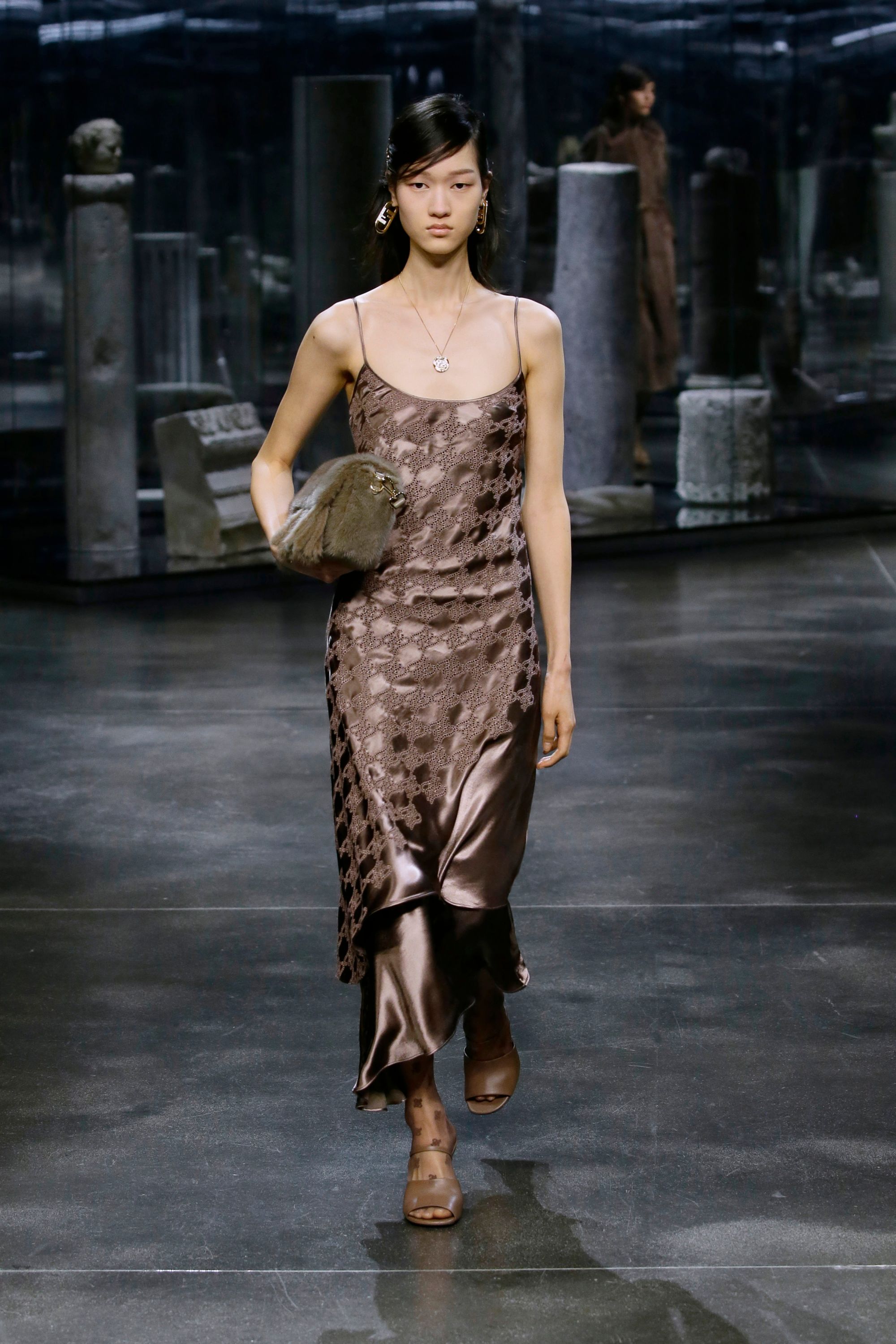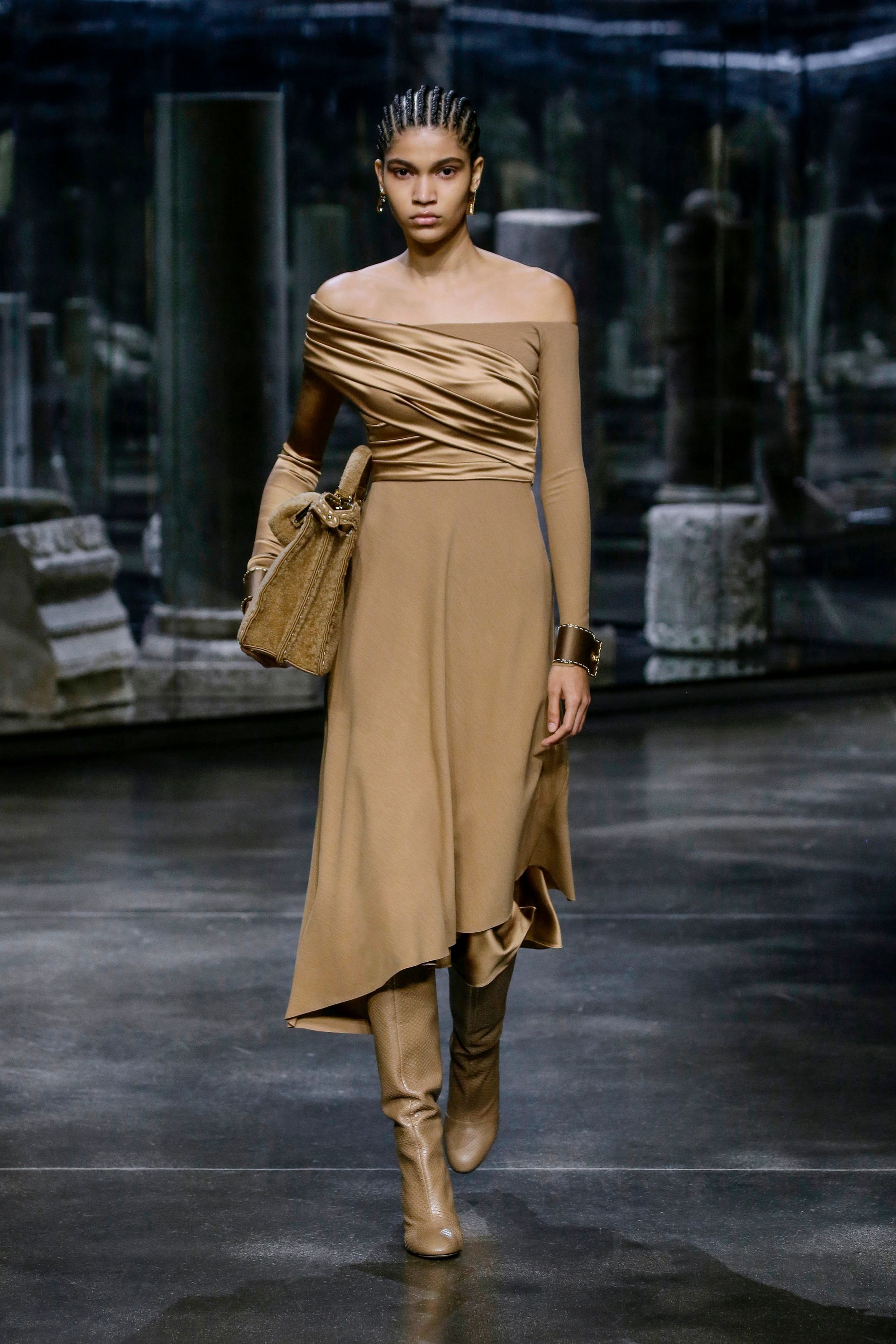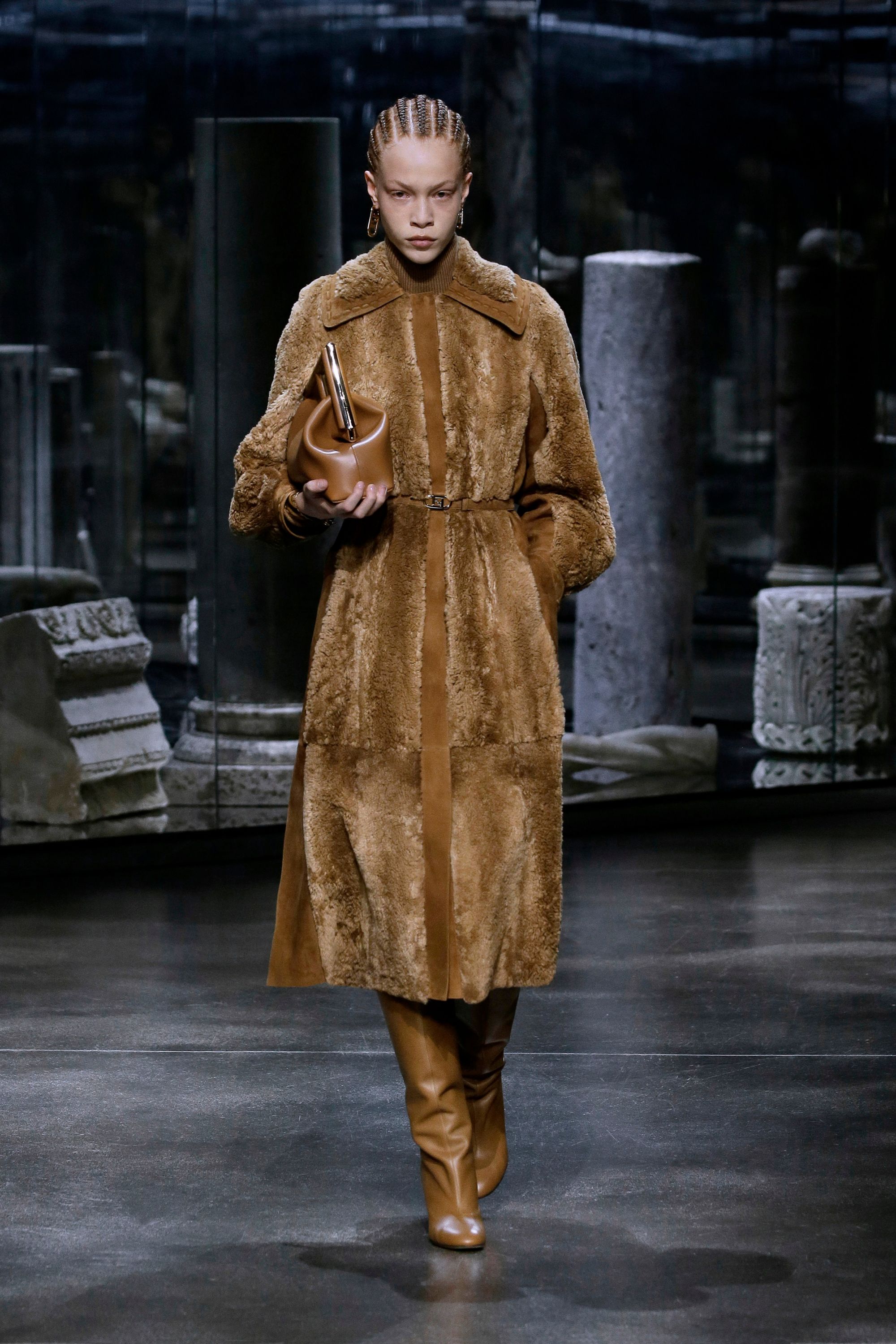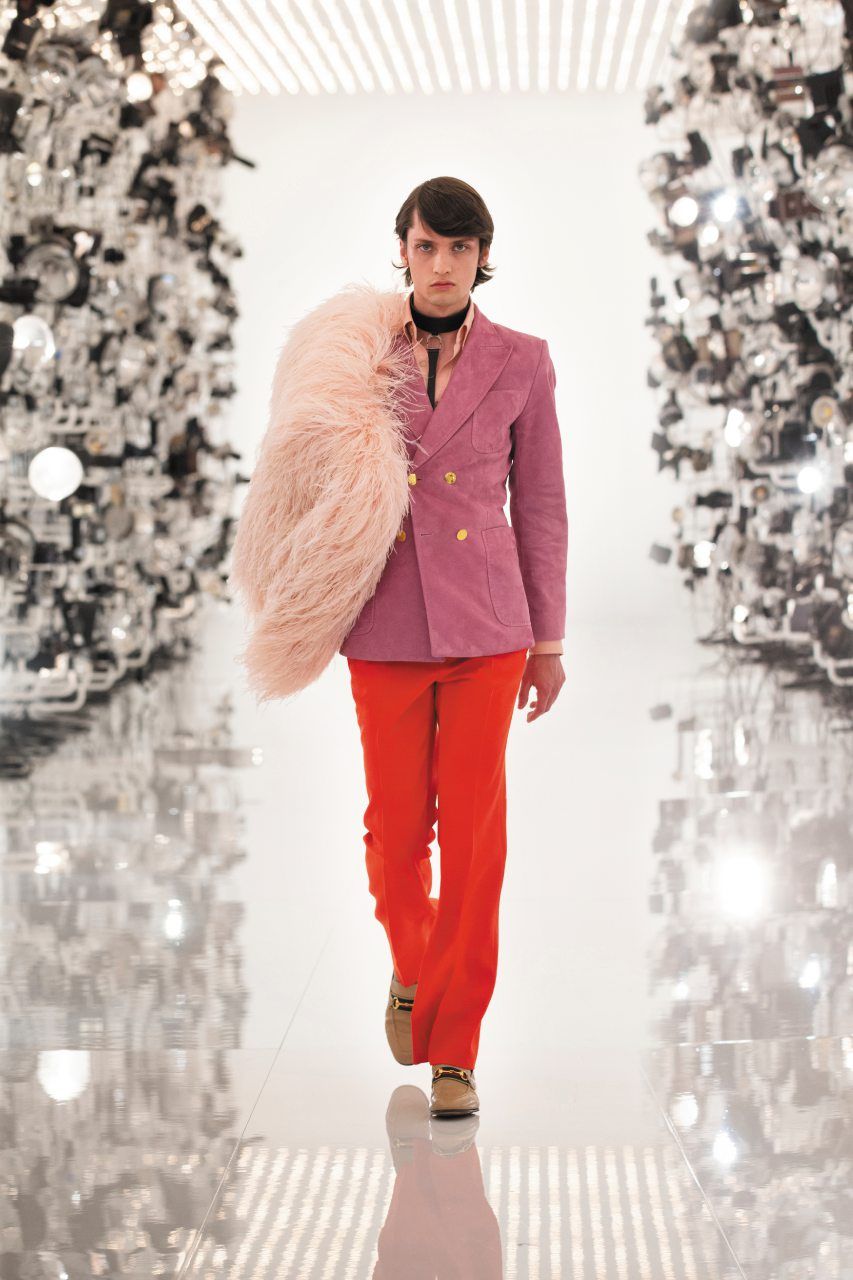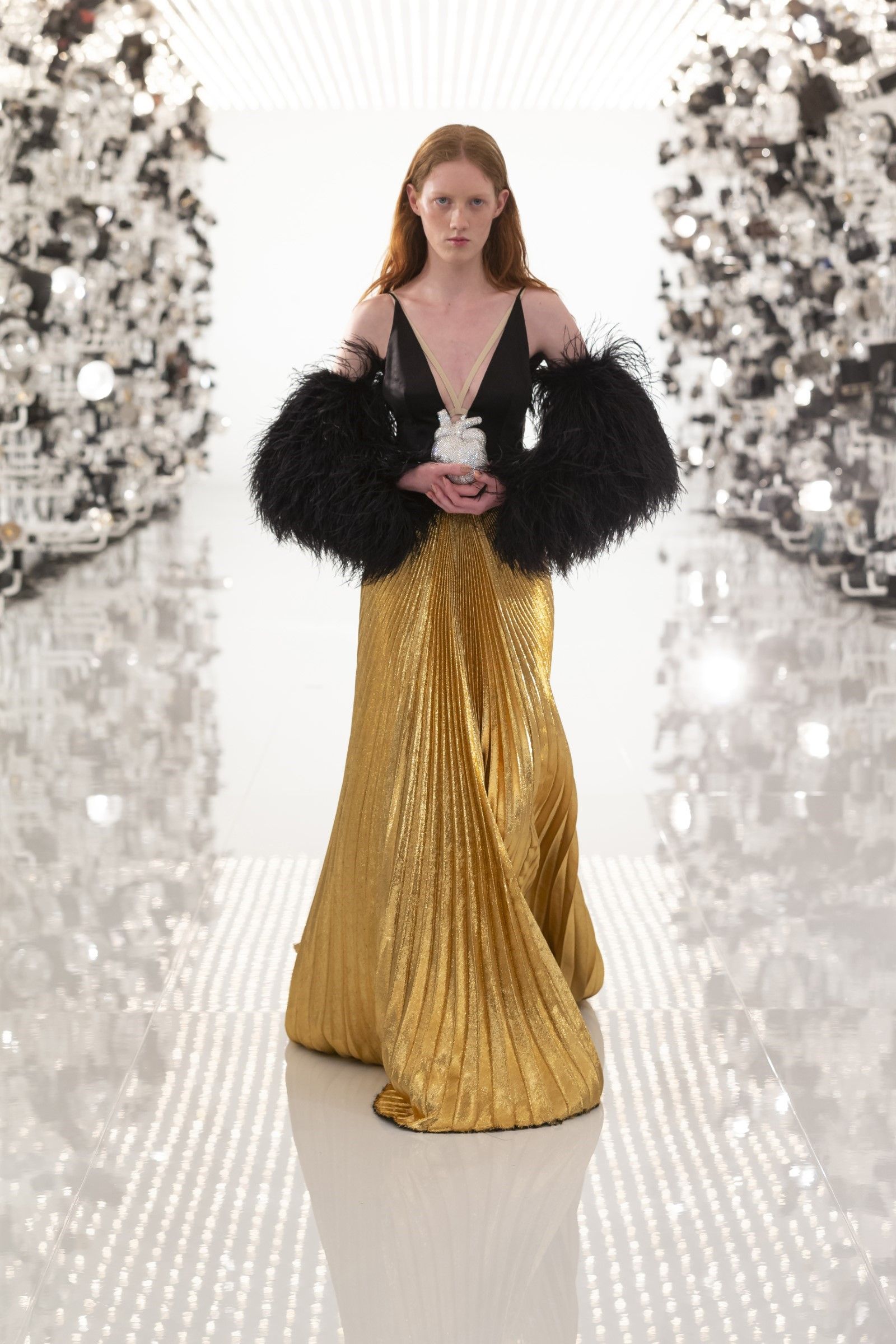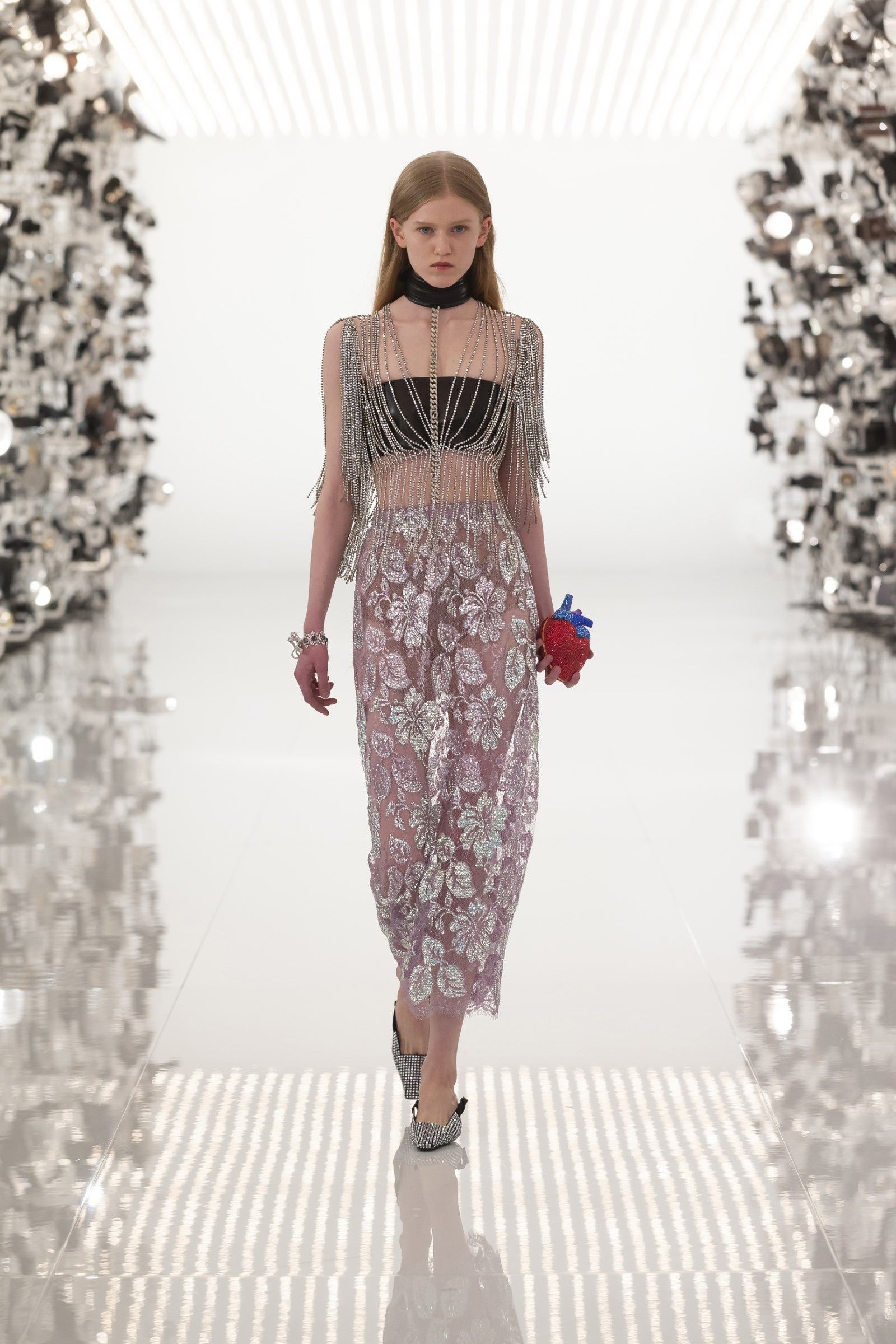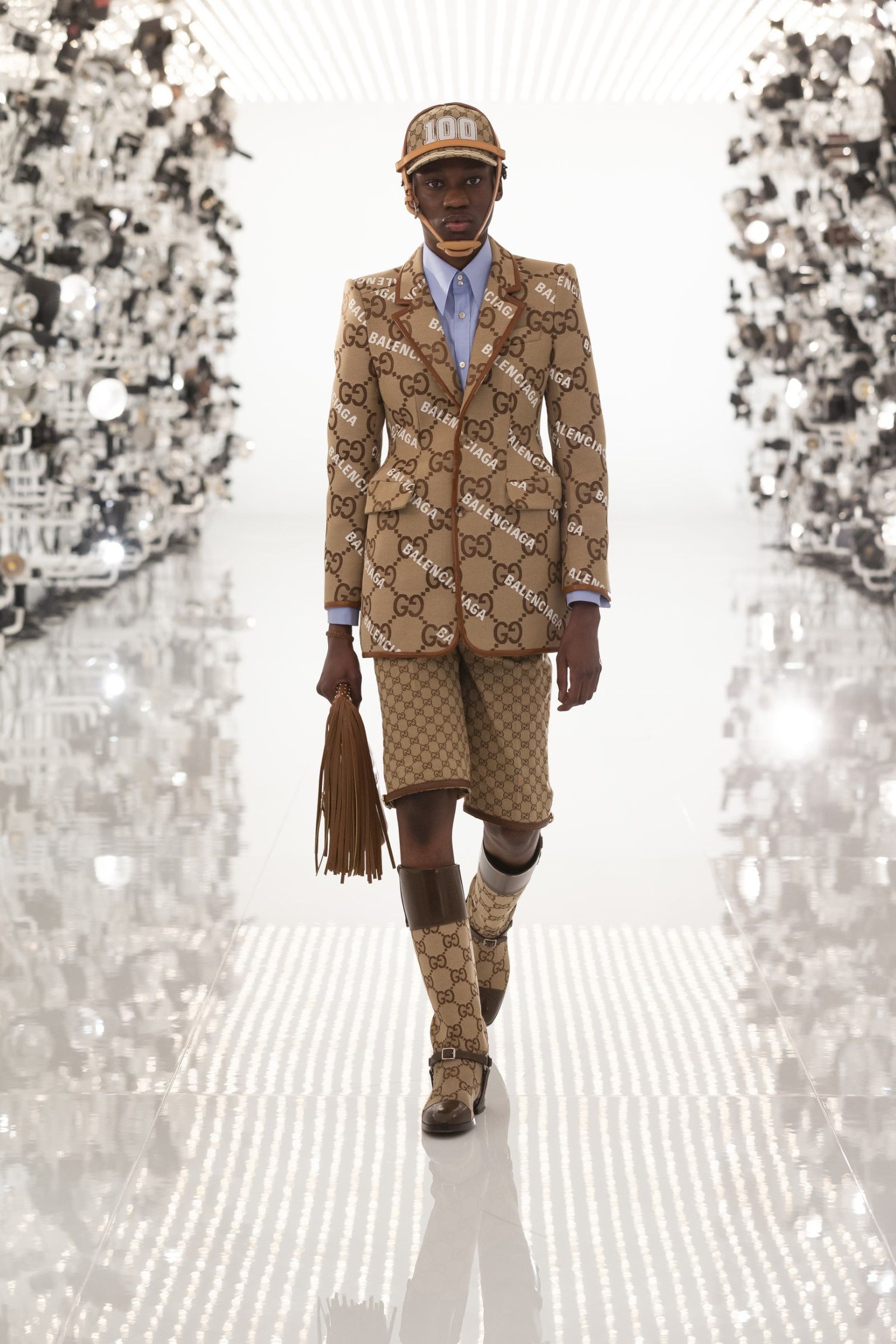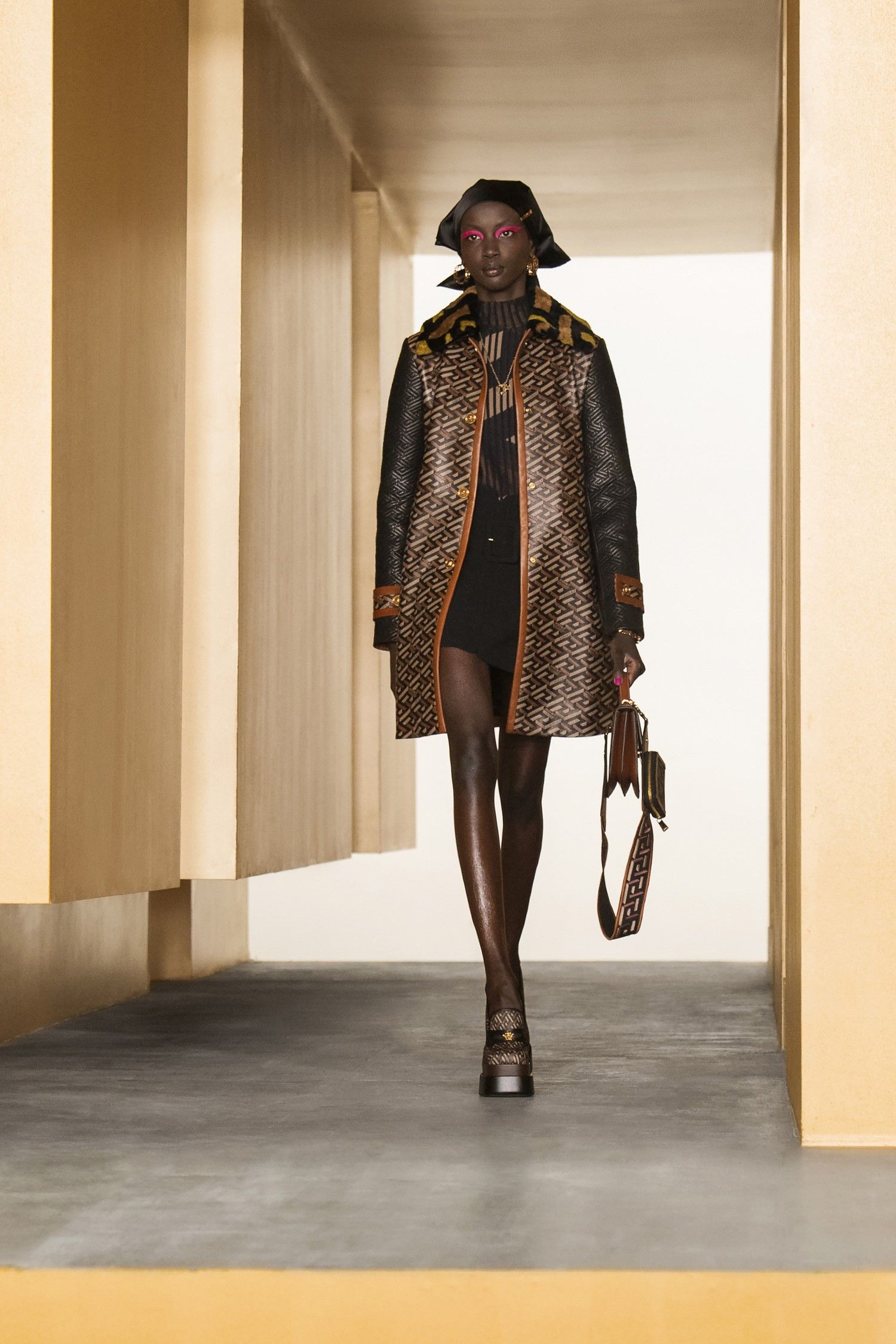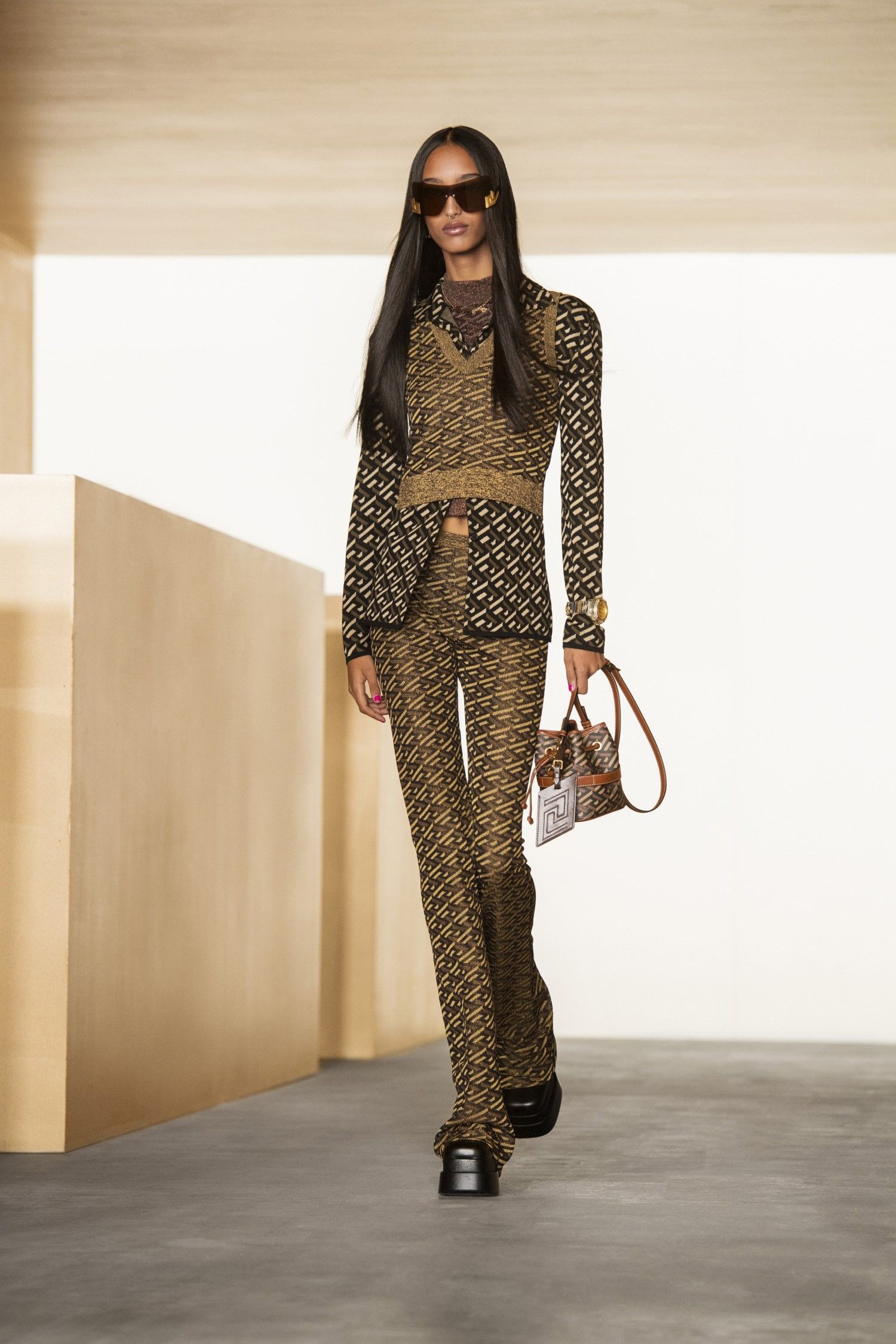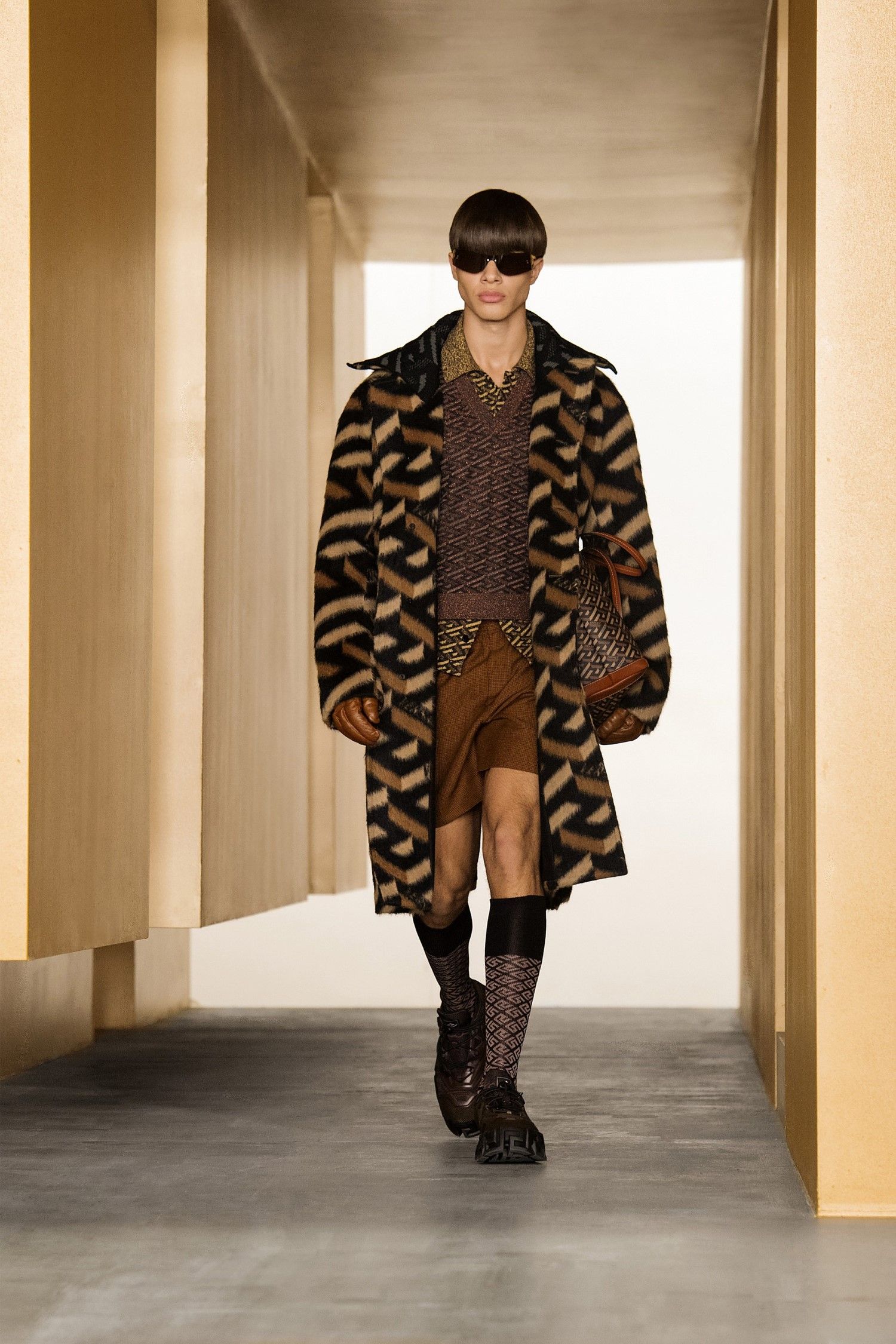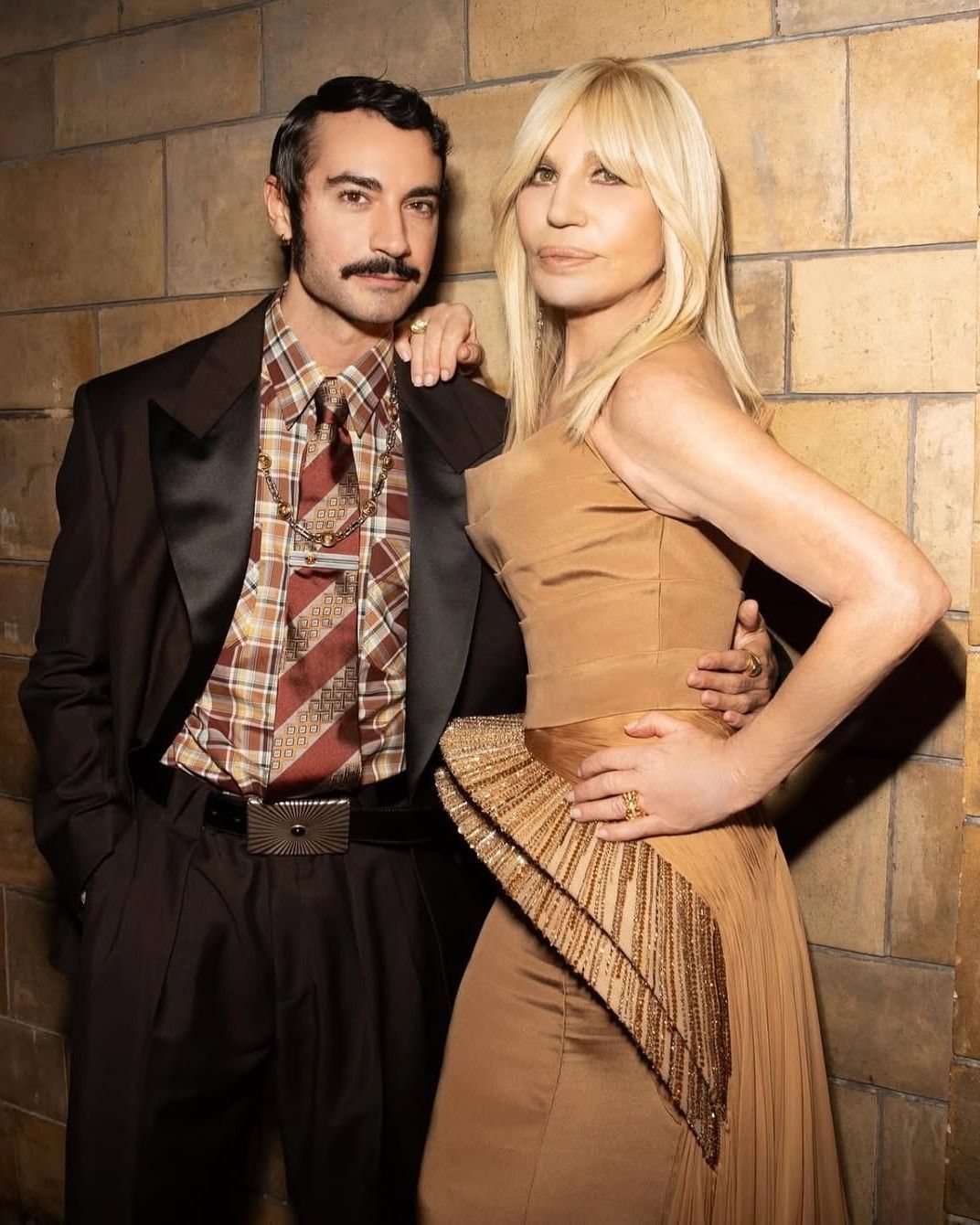
Which of the Italian fashion brands are actually still Italian? You will probably be surprised
2020 and 2021 is an important two-year period for Italian fashion, which has seen the formation of a series of new commercial forces within the country that, after a long season of acquisitions by foreign investment groups, has led to the Italian acquisition of international brands: we are talking about brands such as Jil Sander or Ann Demeleuemeester, acquired respectively by the OTB Group and Claudio Antonioli. Meanwhile, Moncler has acquired Stone Island with the desire to keep the business of the brand founded by Massimo Osti in Italy, while a historic brand like Armani has floated the idea of a Made in Italy commercial alliance.
But even though many of Italy's most famous brands have Italian CEOs and creative directors and base their operations in Italy, they fly the flag of their owners' countries: whether it's France, Korea or Qatar. These are the main Italian brands that have remained Italian and those that have instead become international.
International
Versace
- Year founded: 1978
- Founder: Gianni Versace
- Year of Sale: 2018
- Acquired by: Michael Kors - United States
- Amount: 2.1 Billion USD
Gucci
- Year founded: 1921
- Founder: Guccio Gucci
- Year of Sale: 1999
- Acquired by: Kering - France
- Amount: 3 Billion US
Fendi
- Year founded: 1925
- Founder: Adele Casagrande with husband Edoardo Fendi
- Year of Sale: 1999
- Acquired by: LVMH France
- Amount: 850 million USD
Fila
- Year founded: 1911
- Founder: Johan Fila
- Year of Sale: 2007
- Acquired by: Fila Korea Ltd. Korea
- Amount: undisclosed
Valentino
- Year founded: 1957
- Founder: Valentino Garavani
- Year of Sale: 1998
- Acquired by: Mayhoola - Qatar
- Amount: 700 million EURO
Bottega Veneta
- Founder: Renzo Zengiaro and Michele Taddei
- Year of Sale: 2001
- Acquired by: Kering - France
- Amount: 156 million USD
Bulgari
- Year founded: 1884
- Founder: Sotirio Bulgari
- Year of Sale: 2012
- Acquired by: LVMH - France
- Amount: 4.3 Billion Euros
Besides those listed above, La Perla, Brioni, Fiorucci, Krizia, Miss Sixty, Pucci, and YOOX are all now owned by international companies. So what about those that are still Italian run?
Italian
Prada
- Year founded: 1913
- Founder: Mario Prada
- Run by: Miuccia Prada and her husband Patrizio Bertelli
- HQ: Milan
Armani
- Year founded: 1975
- Founder: Giorgio Armani & Sergio Galeotti
- Run by: Giorgio Armani
- HQ: Milan
Dolce & Gabbana
- Year founded: 1985
- Founder: Domenico Dolce and Stefano Gabbana
- Run by: Alfonso Dolce, CEO
- HQ: Milan
Stone Island
- Year founded: 1982
- Founder: Massimo Osti
- Run by: Carlo Rivetti
- Acquired by: Moncler
- HQ: Originally from Ravarino, with headquarters in Milan
Moschino
- Year founded: 1983
- Founder: Franco Moschino
- Run by: Angela Missoni
- HQ: Milan
Max Mara
- Year founded: 1952
- Founder: Achille Maramotti
- Run by: Luigi Maramotti
- HQ: Reggio Emilia, Italy
Also, the brands Salvatore Ferragamo, Etro, and Missoni, are all still Italian run. Ermenegildo Zegna is a brand that has done the opposite move by acquiring the American brand Thom Browne earlier this year. Another brand that has switched shores, so to speak, is Moncler, the originally French outdoor brand founded in 1955 was bought in 2003 by the Italian entrepreneur Remo Ruffini, and the brand is today by all accounts considered to be Italian - and has also acquired Stone Island.
There you have it, so what do we take away from all this, well it is interesting when you look a bit more closely at the brands themselves. When looking deeper, most of the brands that are now under conglomerate umbrellas have a good reason for being there. Brands like Gucci and Fendi, have a width that is really benefited by the backend systems these big groups offer. Huge, worldwide distribution and sales almost require it, where brands like Prada and Stone Island, though by no means small, can be described as running a more boutique-like approach, where smaller collections, with a greater focus on technical developments, are better handled in a more in-house environment. As the world gets ever smaller, in terms of more and more people and newer territories wanting to be able to acquire luxury goods, the demand, while still retaining the high quality, can often only be met with the backing of large fashion groups, and is simply an inevitability of the global luxury goods market expansion.










































